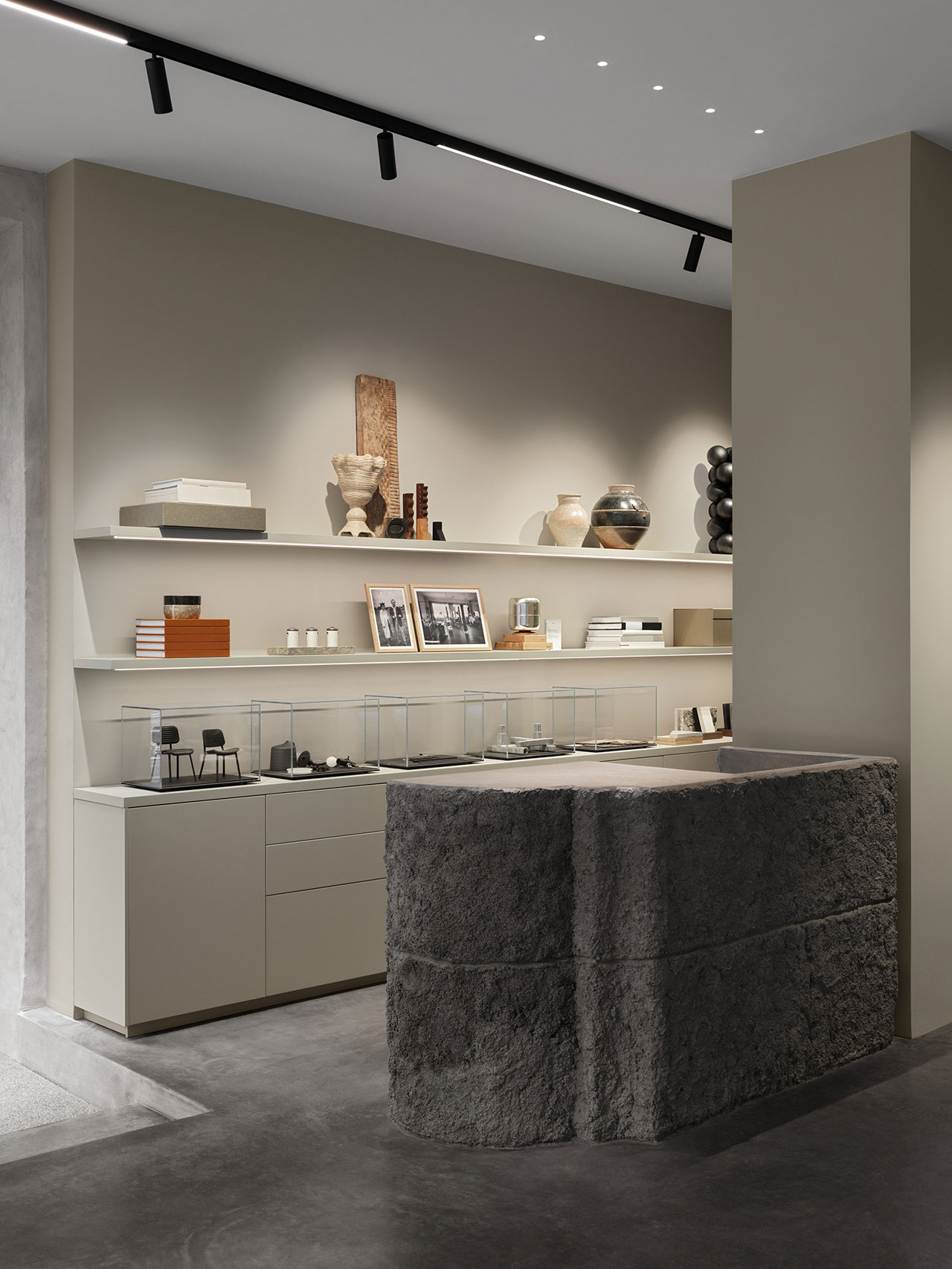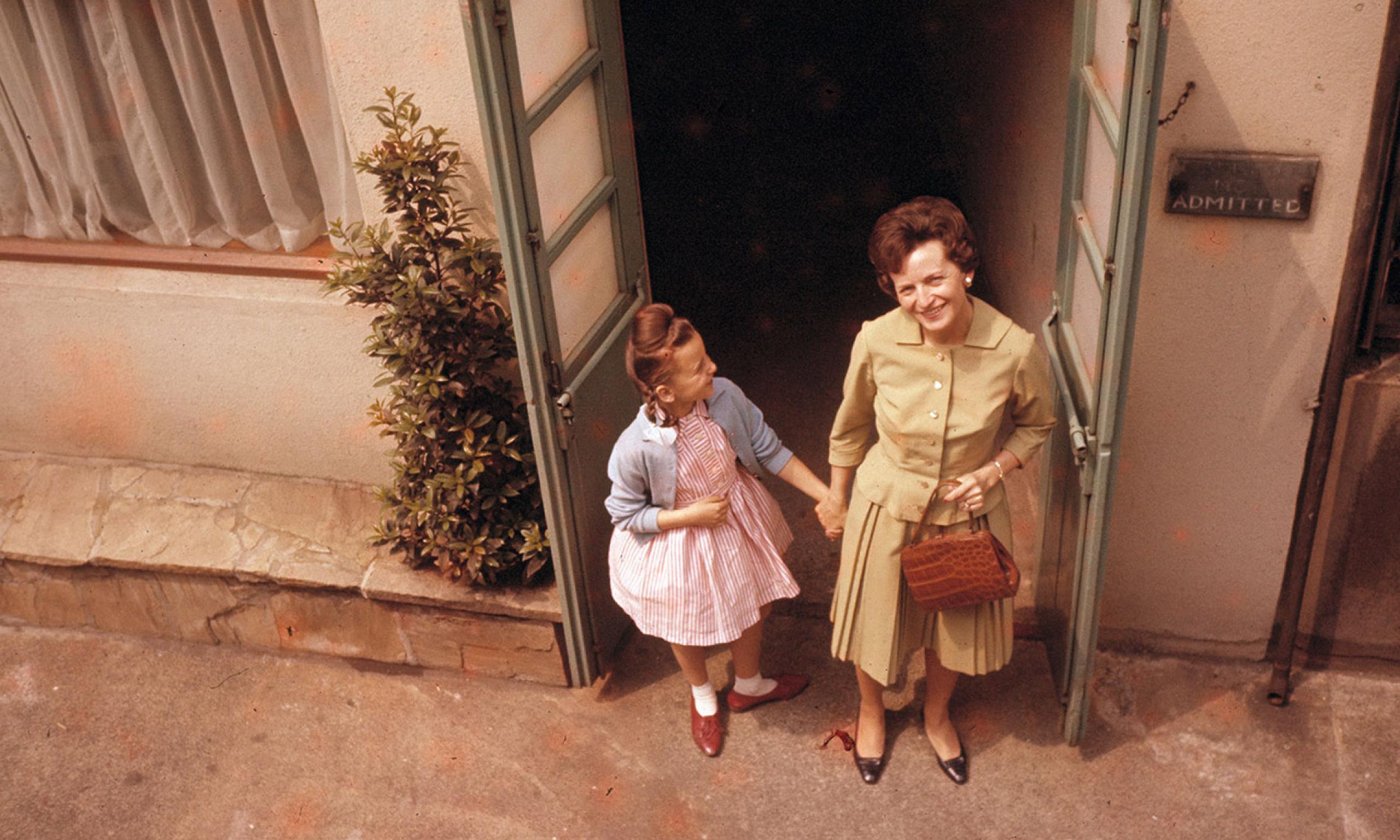
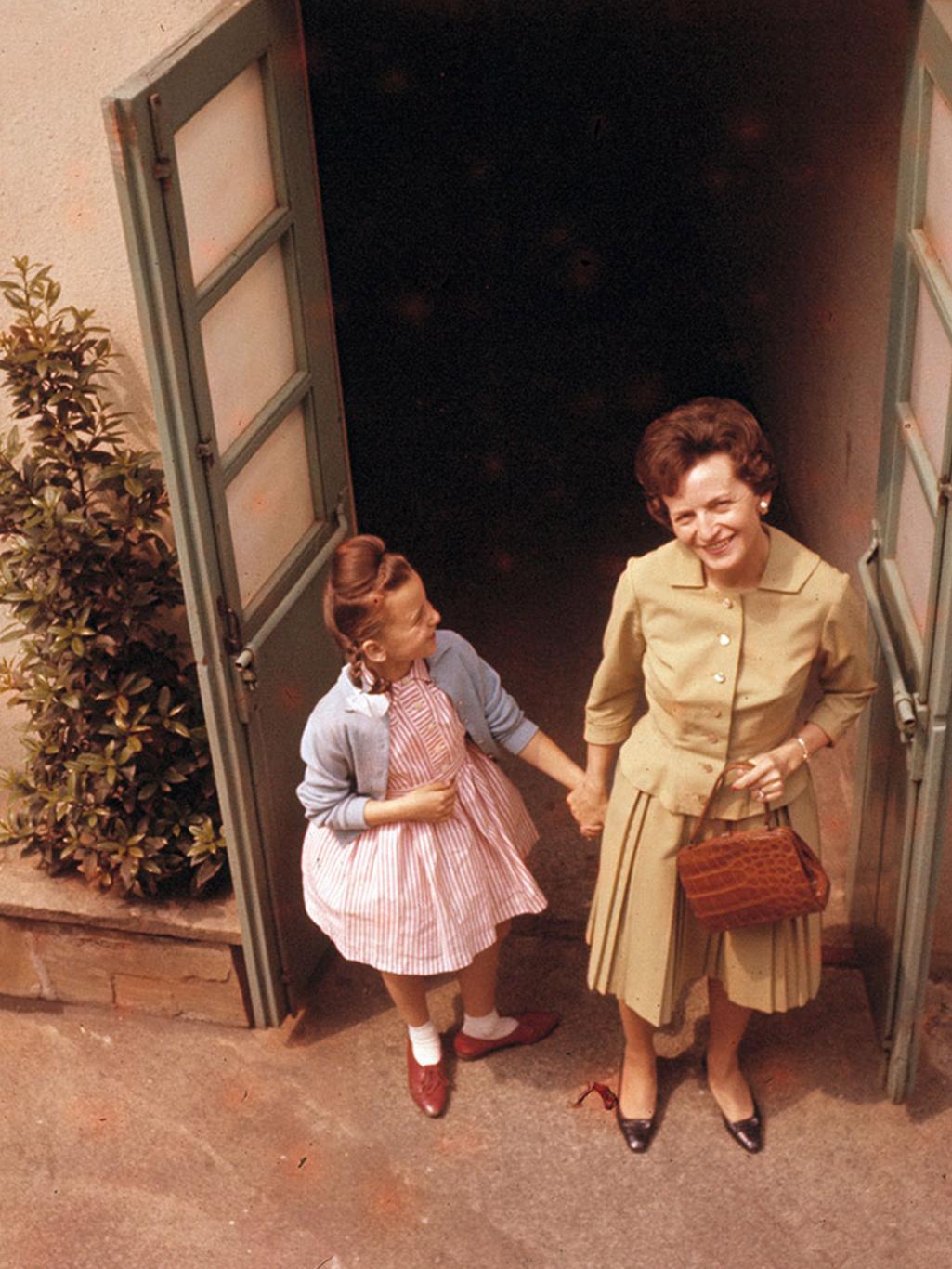
Story
From Marie to MoMA
The Vipp story begins in 1939 with a bin for Marie. Holger Nielsen, a young metalworker crafts a sturdy, pedal-controlled bin for his wife's salon. Over the next 50 years it becomes a permanent object in Danish clinics. Today, still family-driven and family-owned, Vipp has grown into a large portfolio of industrial design products developed from the functional philosophy of the pedal bin. In 2009, the bin was accepted into the permanent design collection at the MoMA in New York - the only place in the world where the bin is just for decoration.
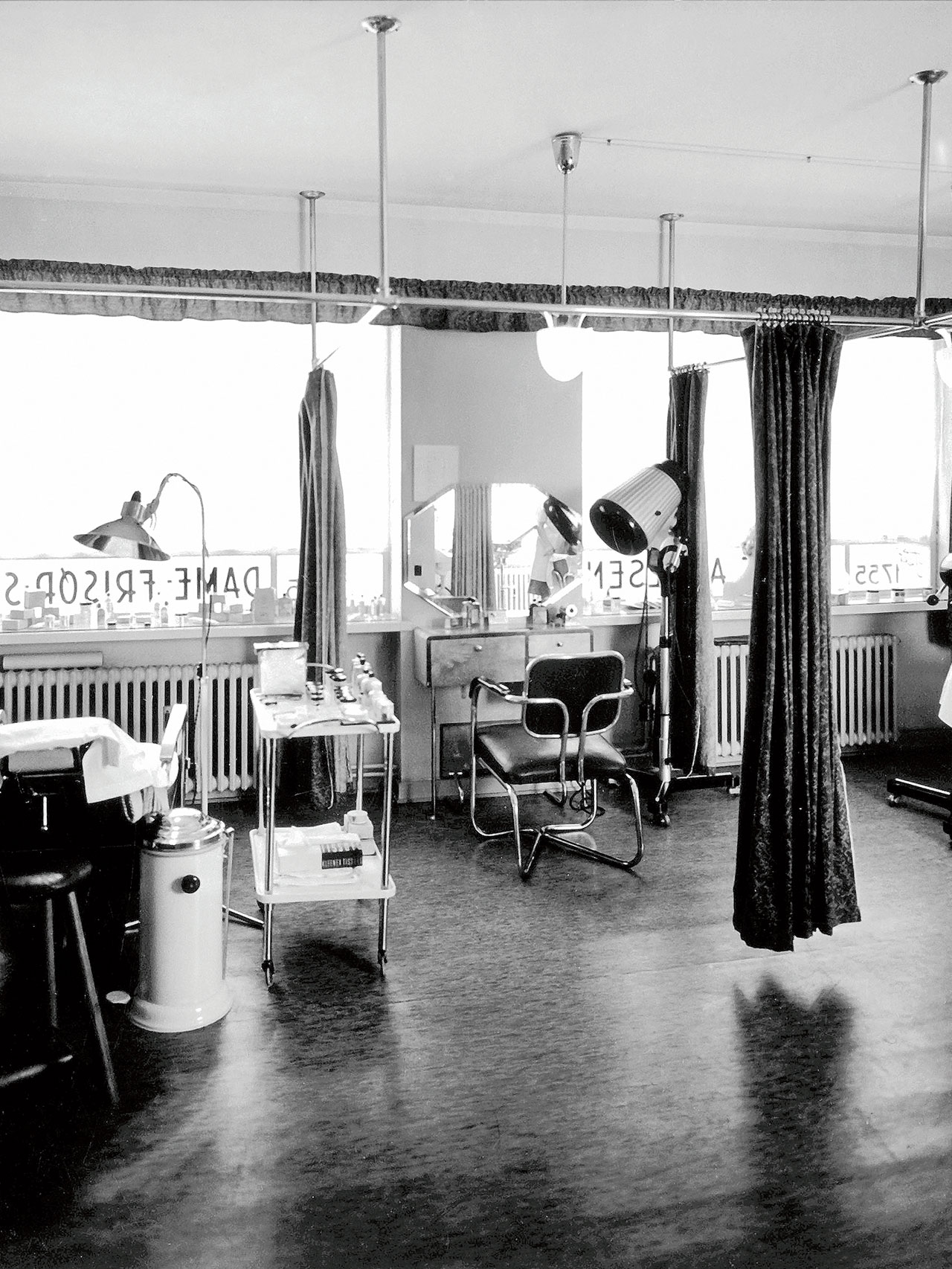
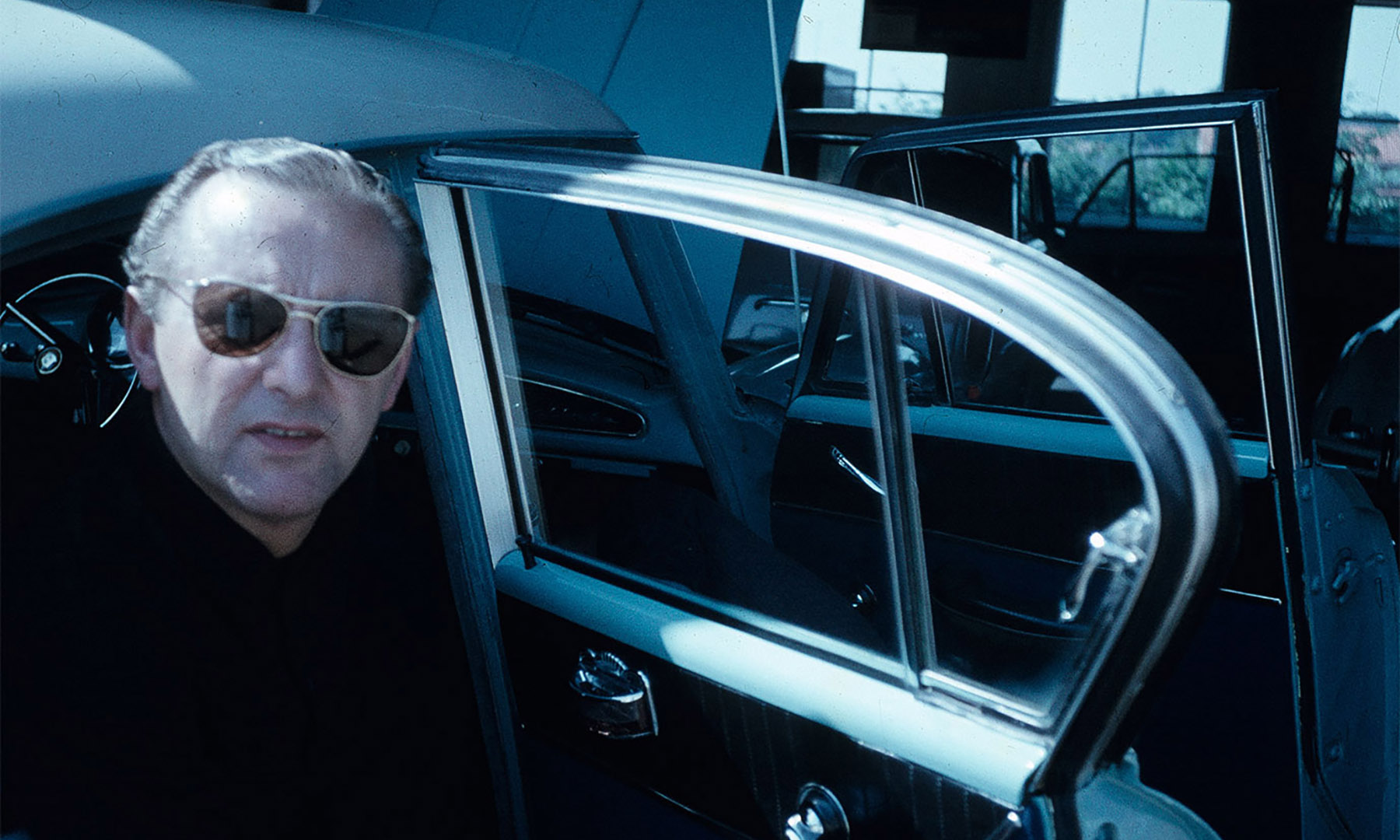
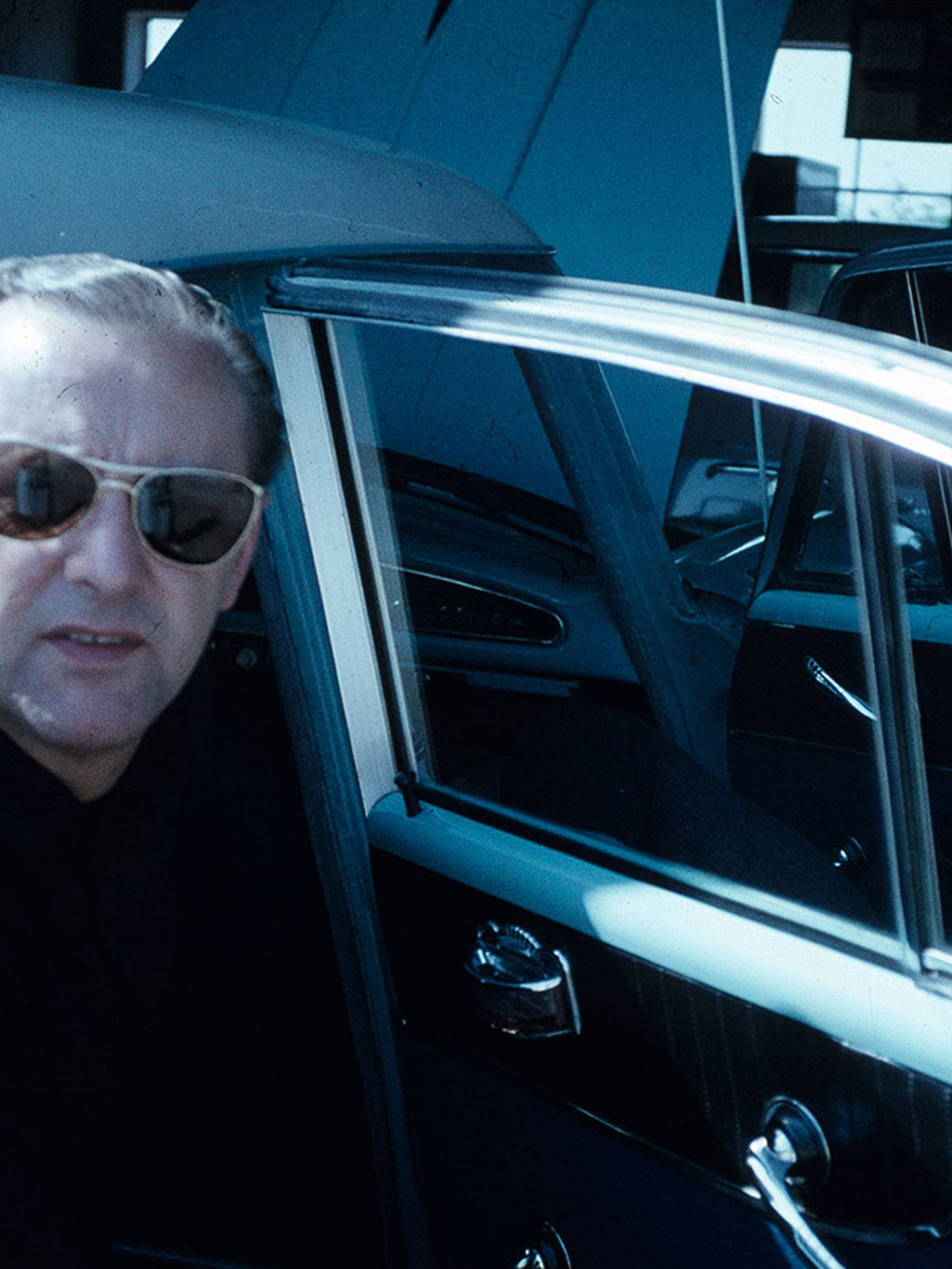
1932
Luck is all you need
On a spring Sunday in 1932, 17-year-old Holger Nielsen wins a car in a lottery at the local football stadium. Holger loves cars, but has no driver's license, so he decides to sell the car and invest the money in a metal lathe that allows him to work with one of his great passions - steel.
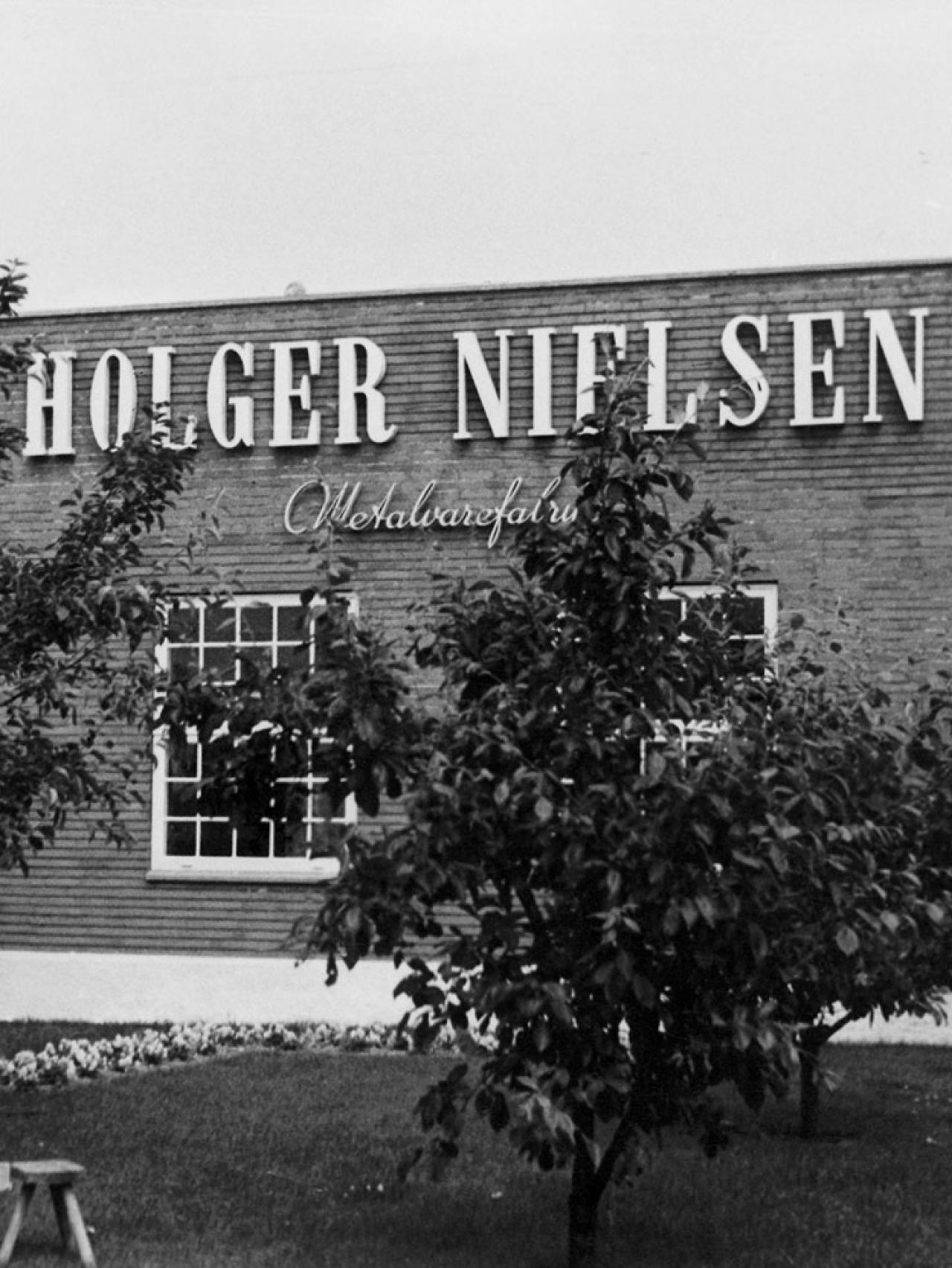
1930s
Metal factory
As a newly educated metal smith with a newly invested methal lathe, Holger builds his own metal factory in the small Danish town of Randers.
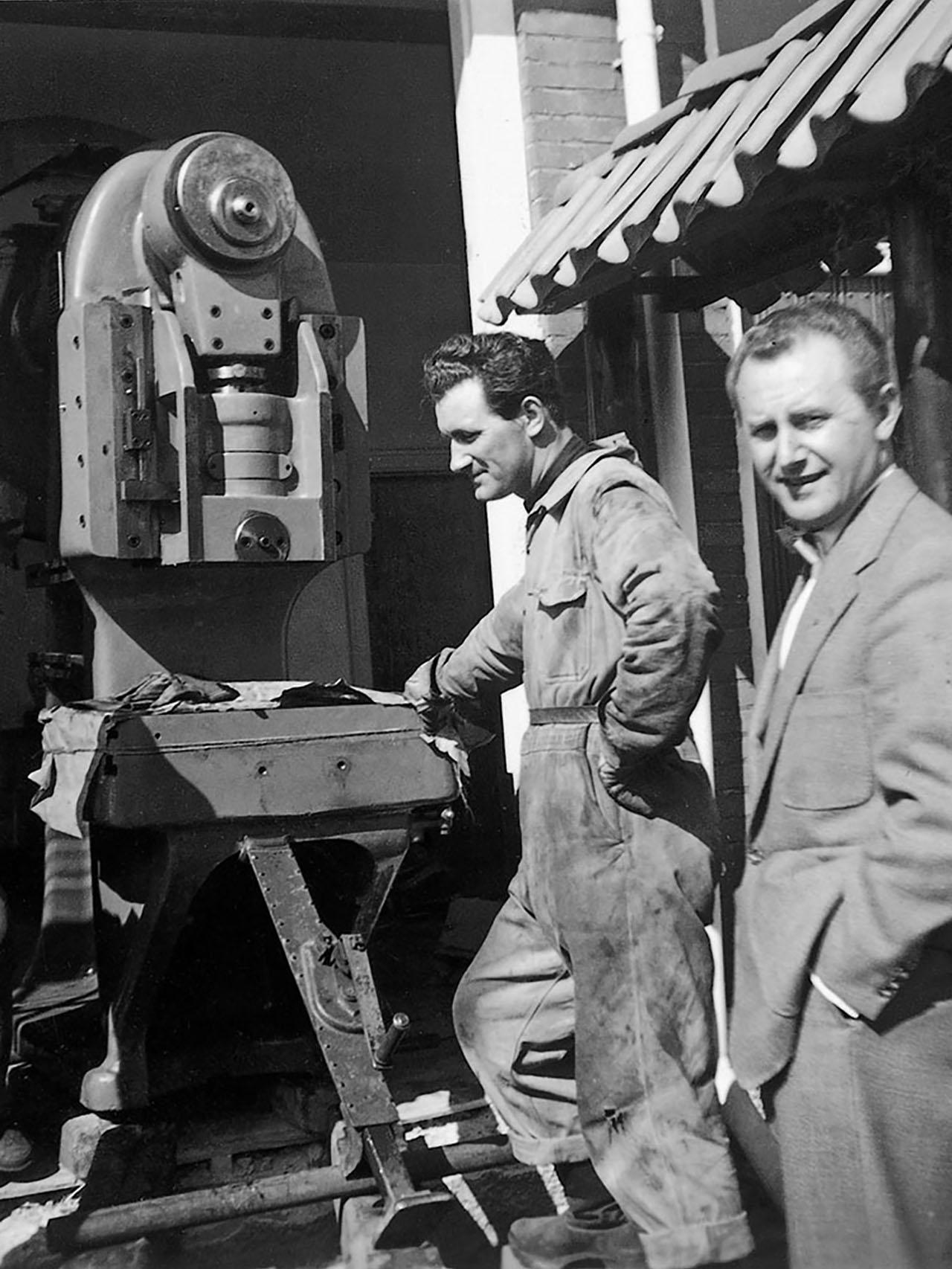
1930s
Ballroom dancer and metal worker
Withdrawn in his metal workshop during the day and a vivacious ballroom dance instructor after dark, Holger believed that you could learn anything your set your mind to. His father being a coppersmith, Holger grew curious of good craftsmanship and was educated as a metal smith in the 1930s.
1939
'Holger', said Marie. 'I need a waste bin for my salon. Can you make me one?'
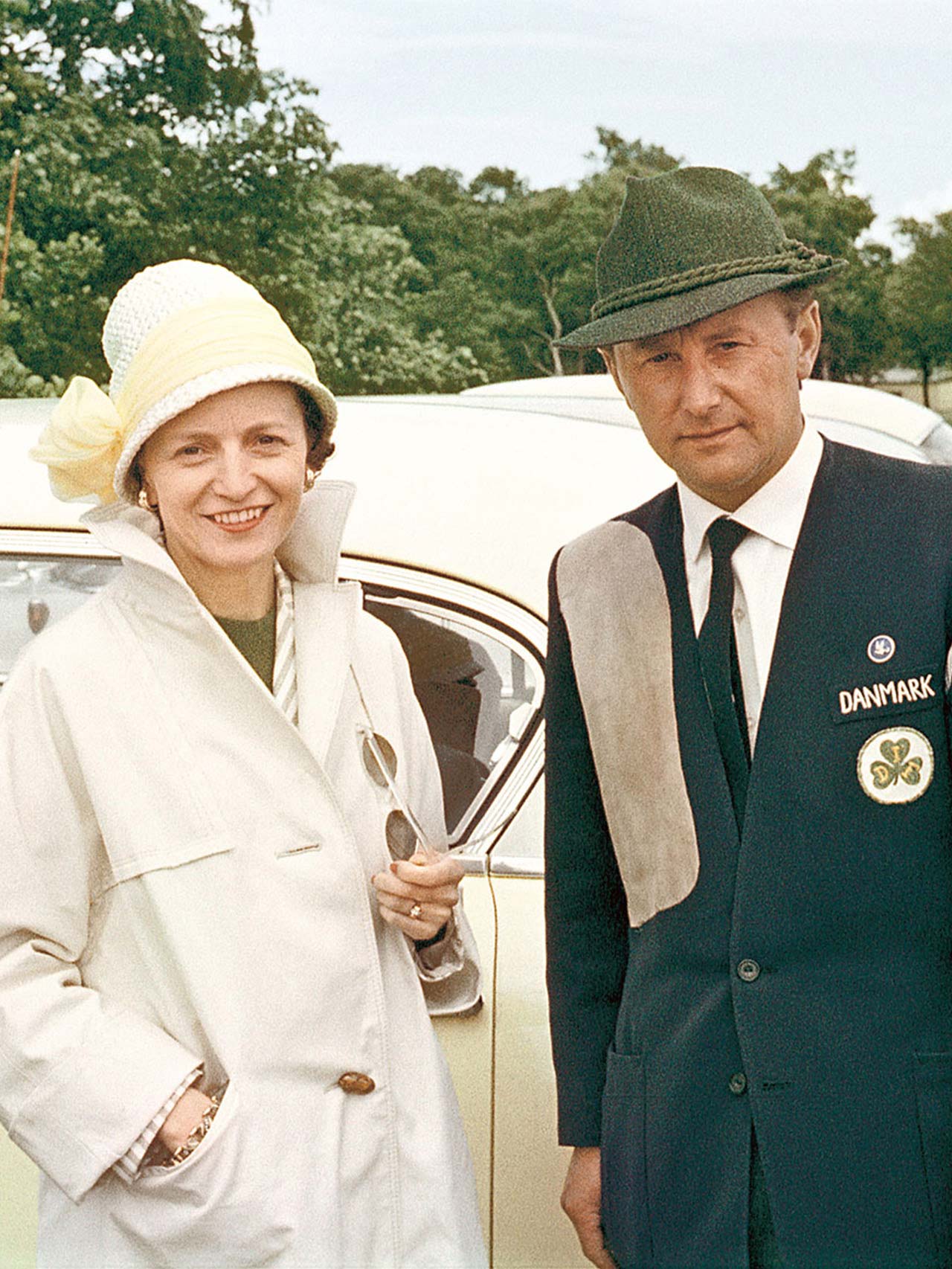
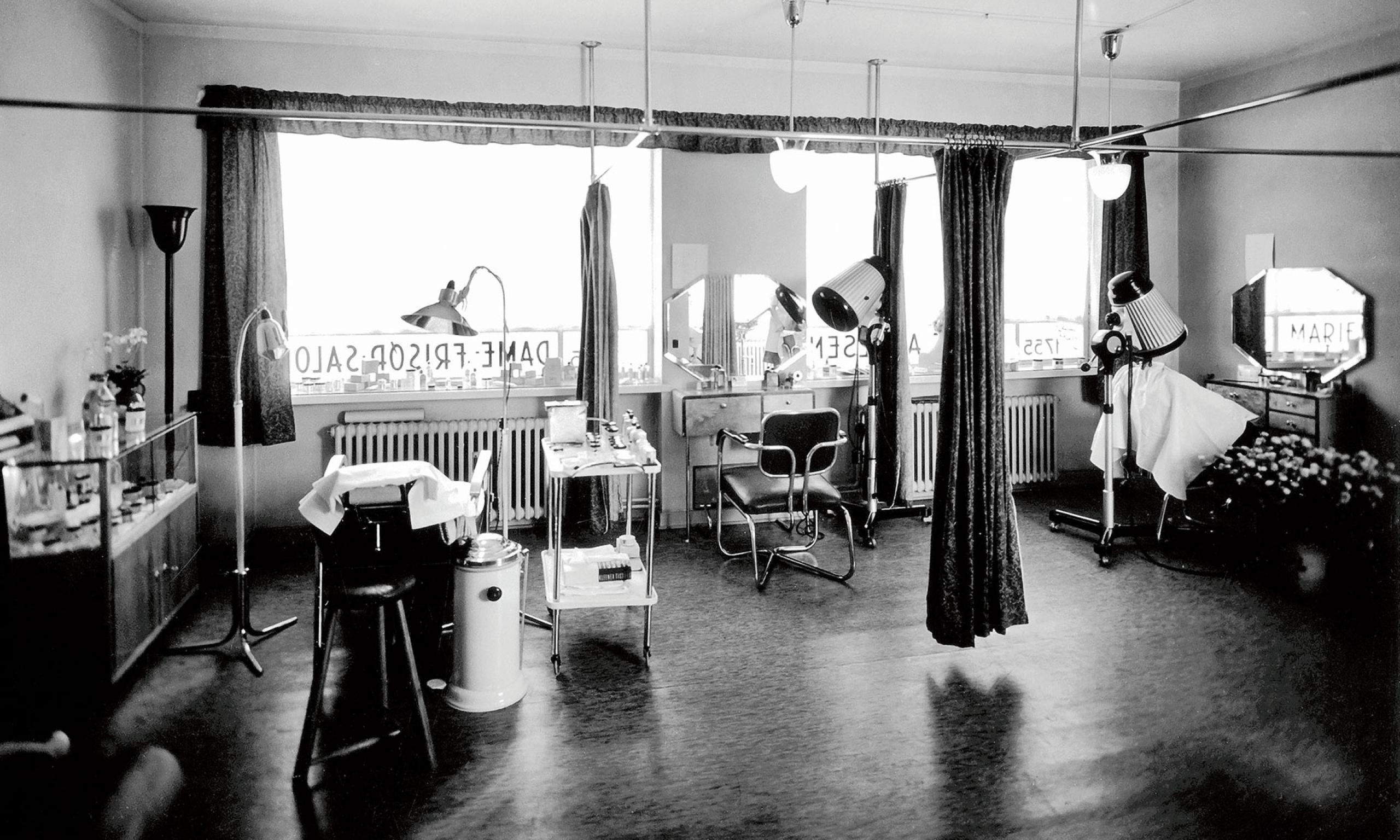
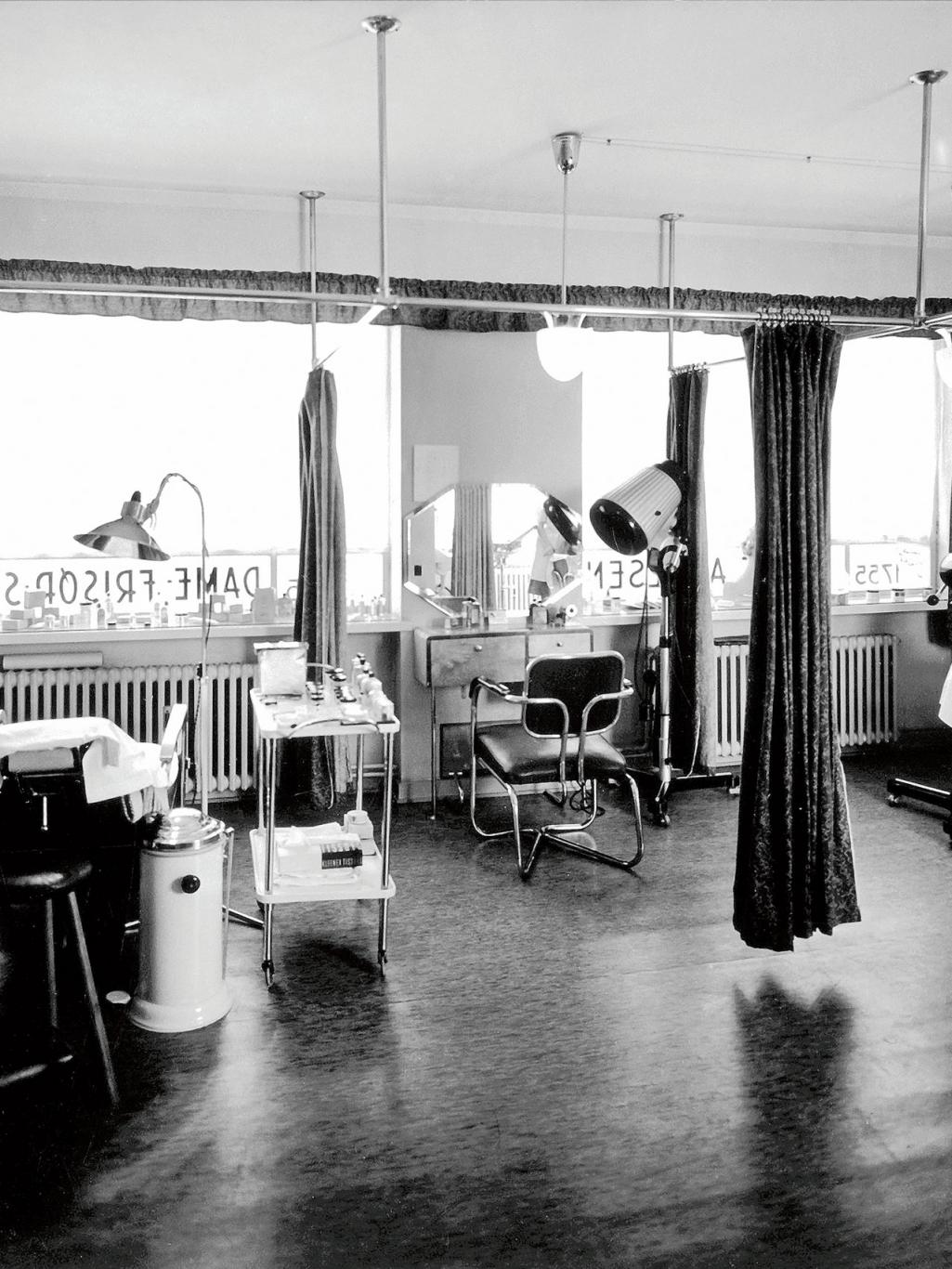
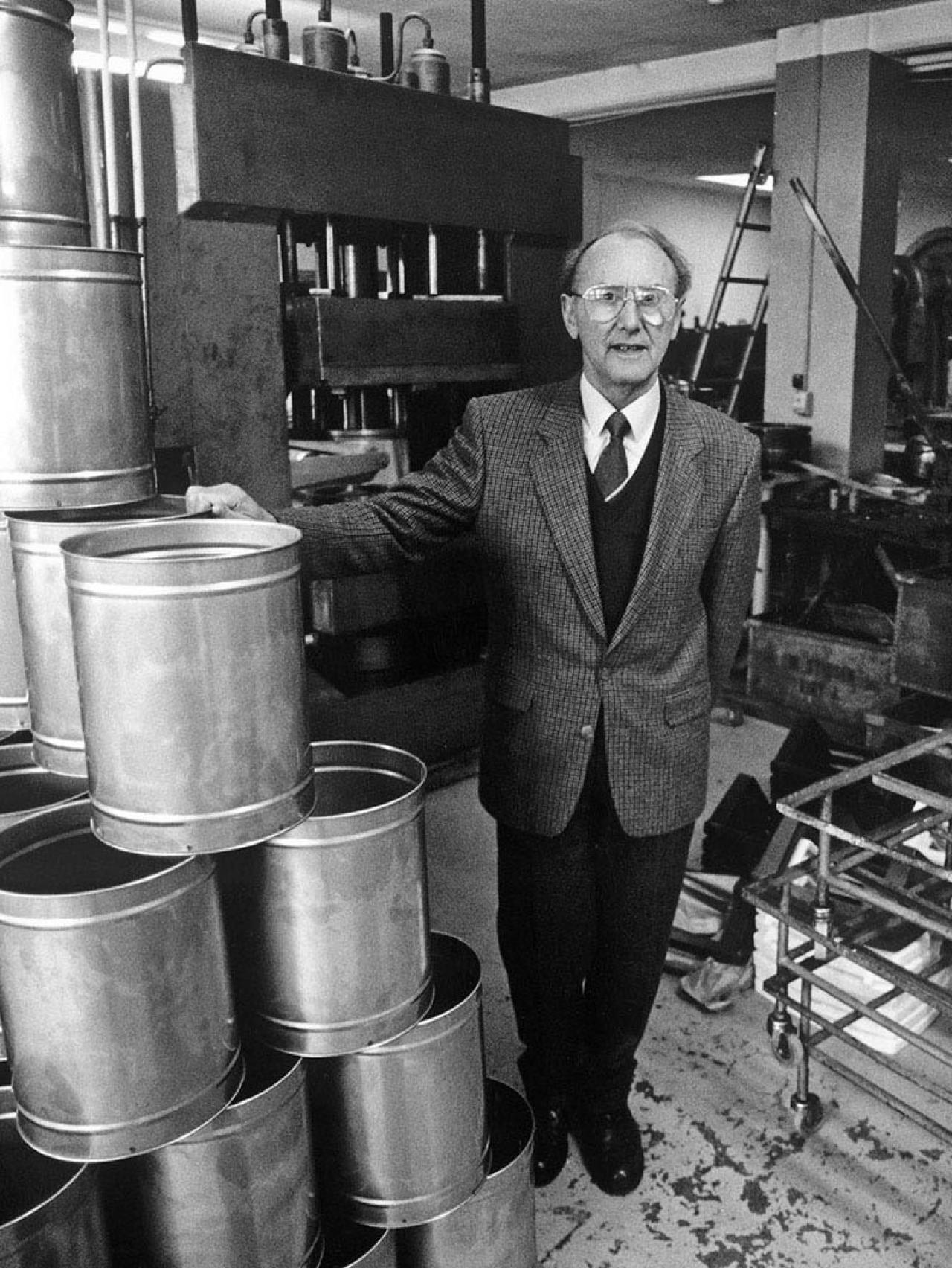
Not for sale
The Vipp bin was never intended to be sold. Originally, it was made as a tool for Marie’s salon only. However, many wives of doctors and dentists have their hair done at Marie’s salon and find the practical Vipp bin ideal for their husbands’ clinics. The request for more bins prompted Holger to start production on a larger scale.
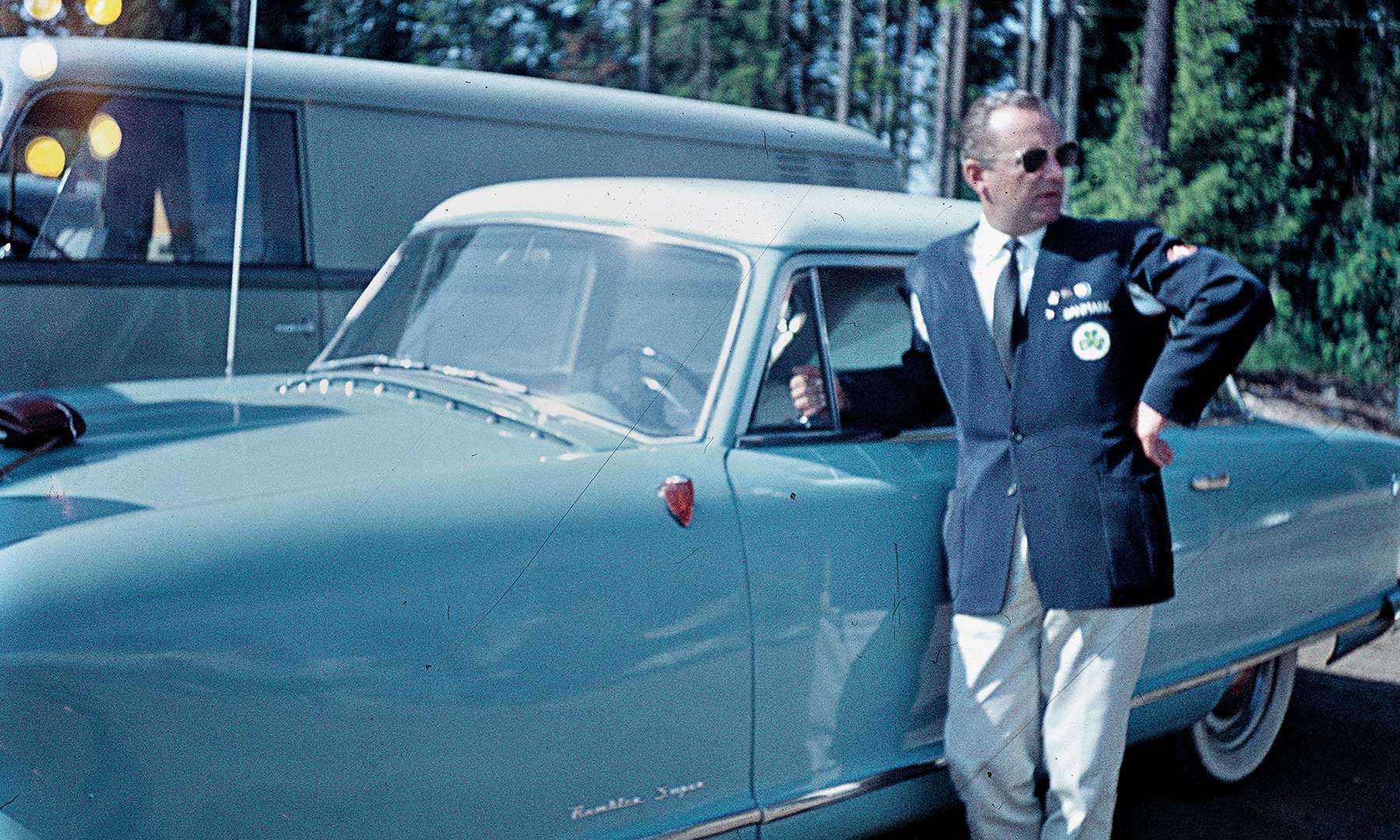
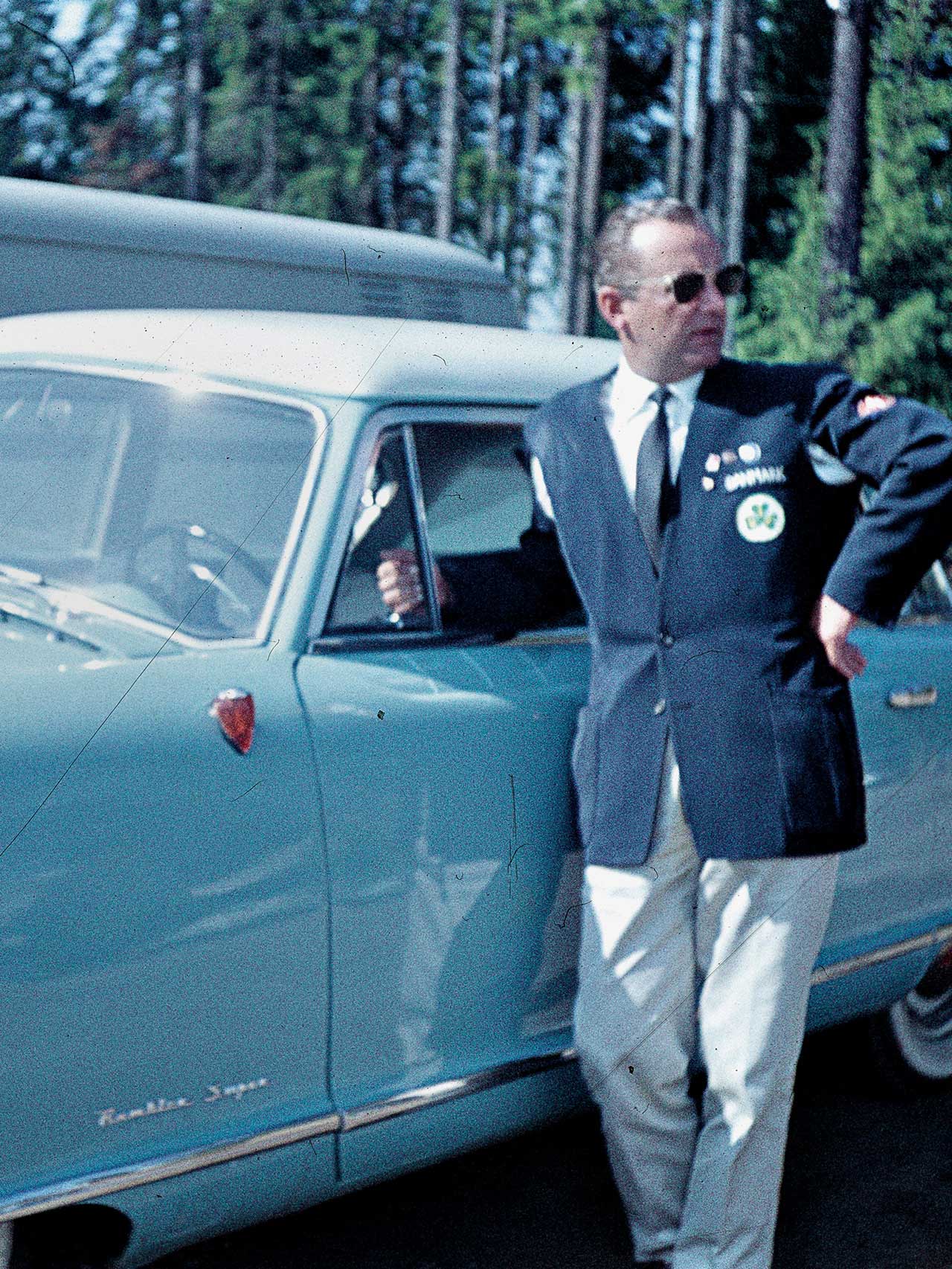
Holger Nielsen, Vipp founder
‘Good design never goes out of fashion.’
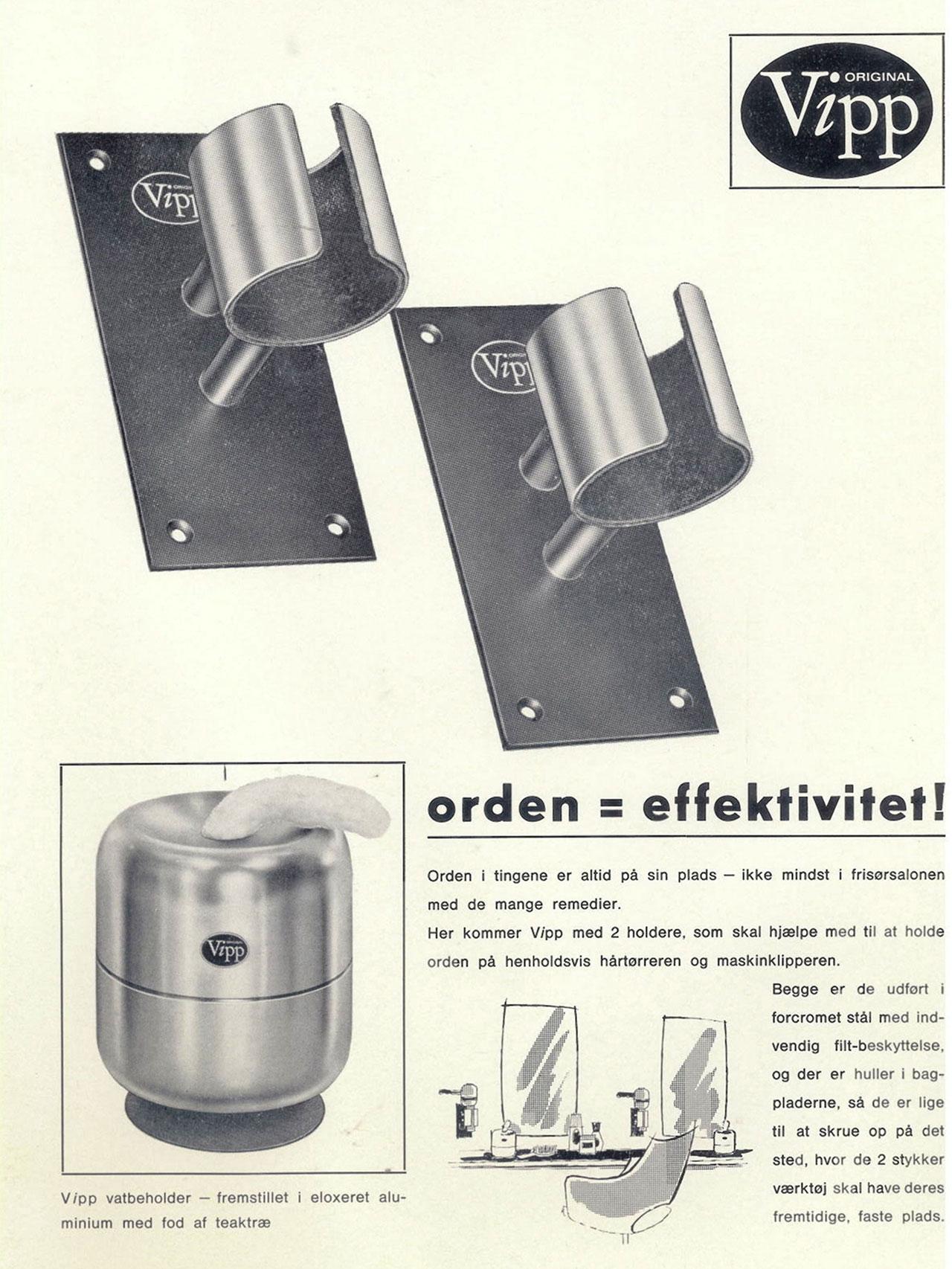
1950s
For professionals only
In the 1940s and 1950s, the pedal bin becomes a permanent feature in Danish clinics and remains a prerogative for the professional market for the next 50 years. A skilled metal smith, Holger equipped the whole of Marie's hair salon with solid steel products that later went into production. Here, pictured in an ad from the 1950s, are holders for hairdryers and tissues.
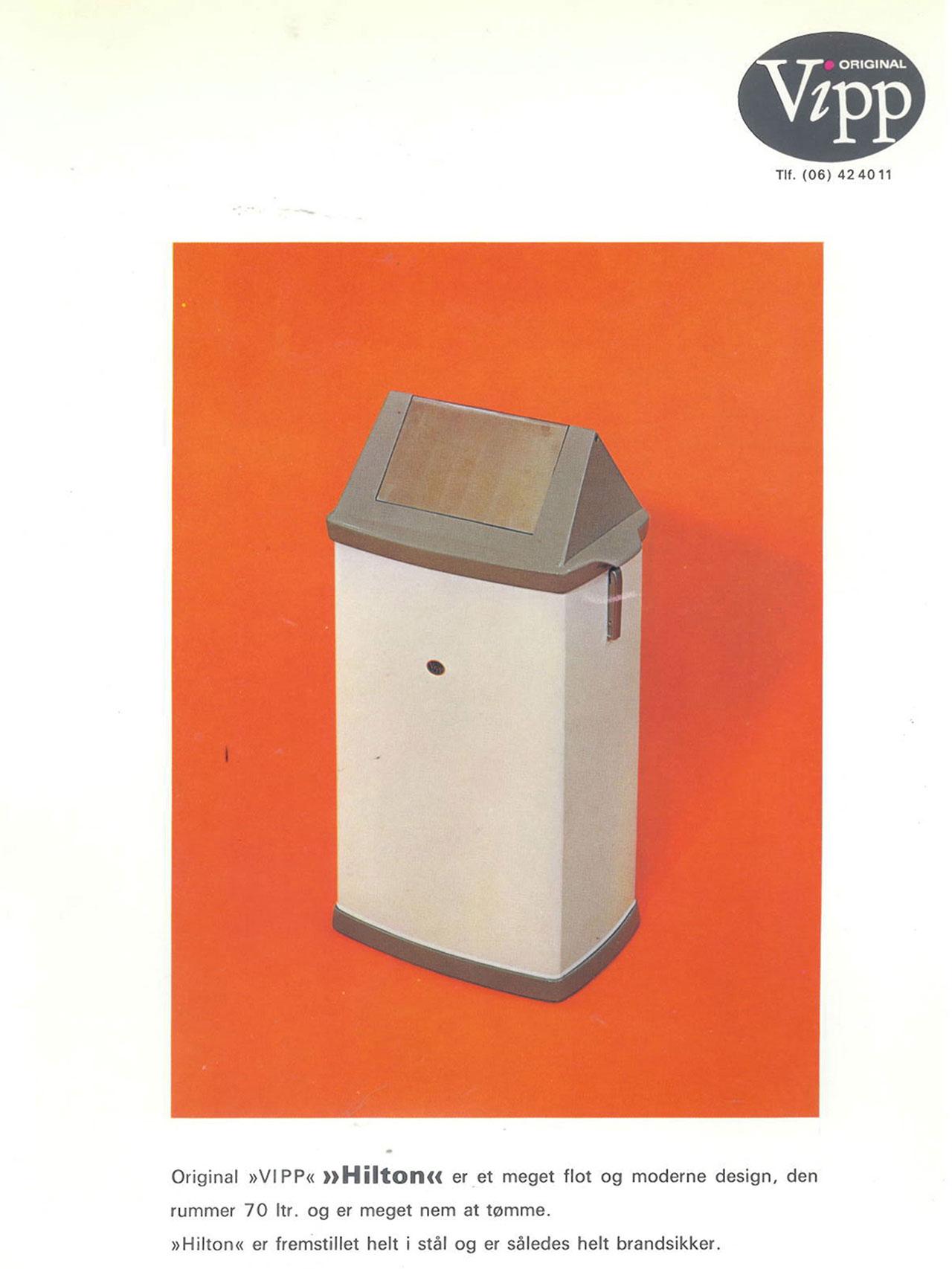
1950s
Vintage advertising
In the 1940s and 1950s, the pedal bin becomes a permanent feature in Danish clinics and remains a prerogative for the professional market for the next 50 years. Here, pictured in an ad from the 1950s, is Holger's 'Hilton' bin.
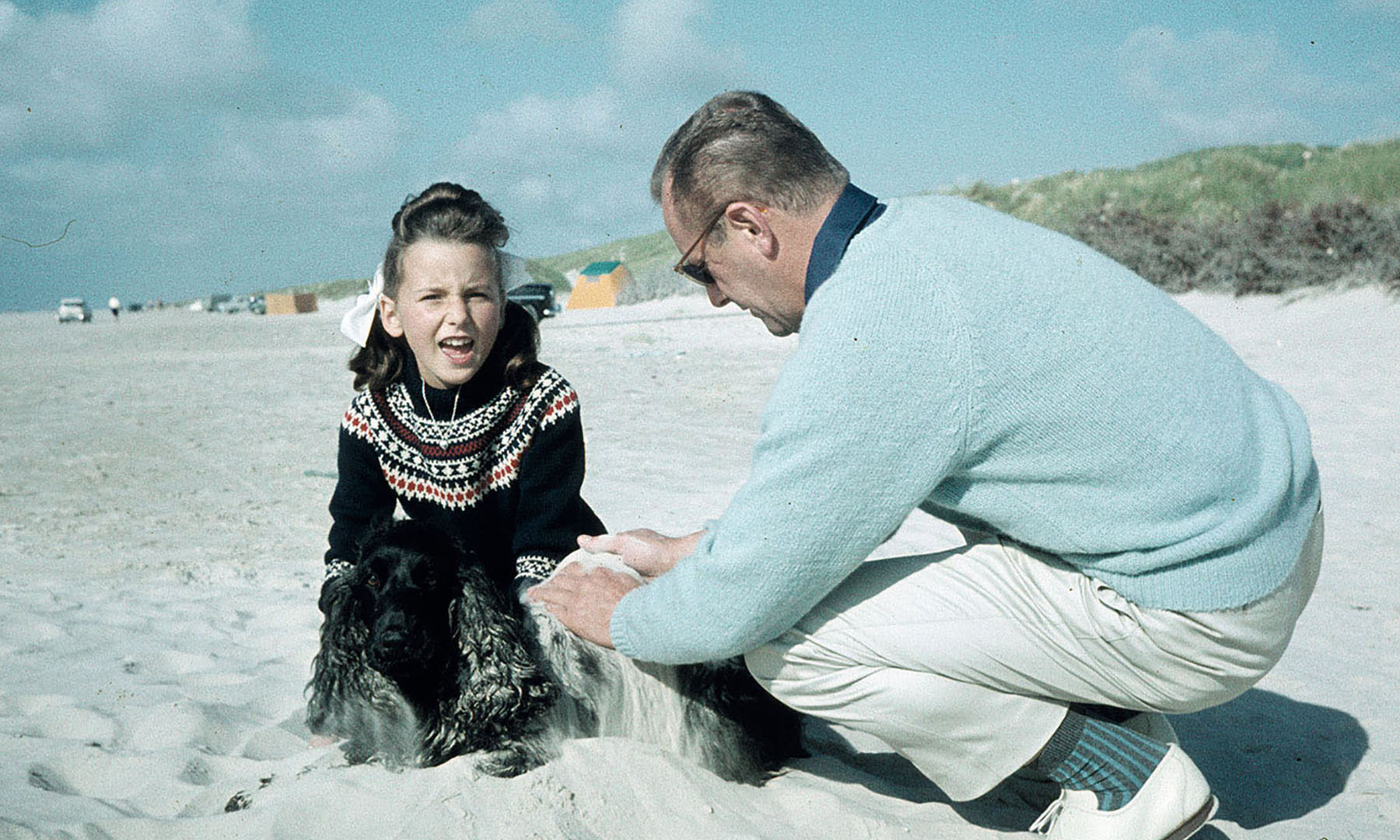
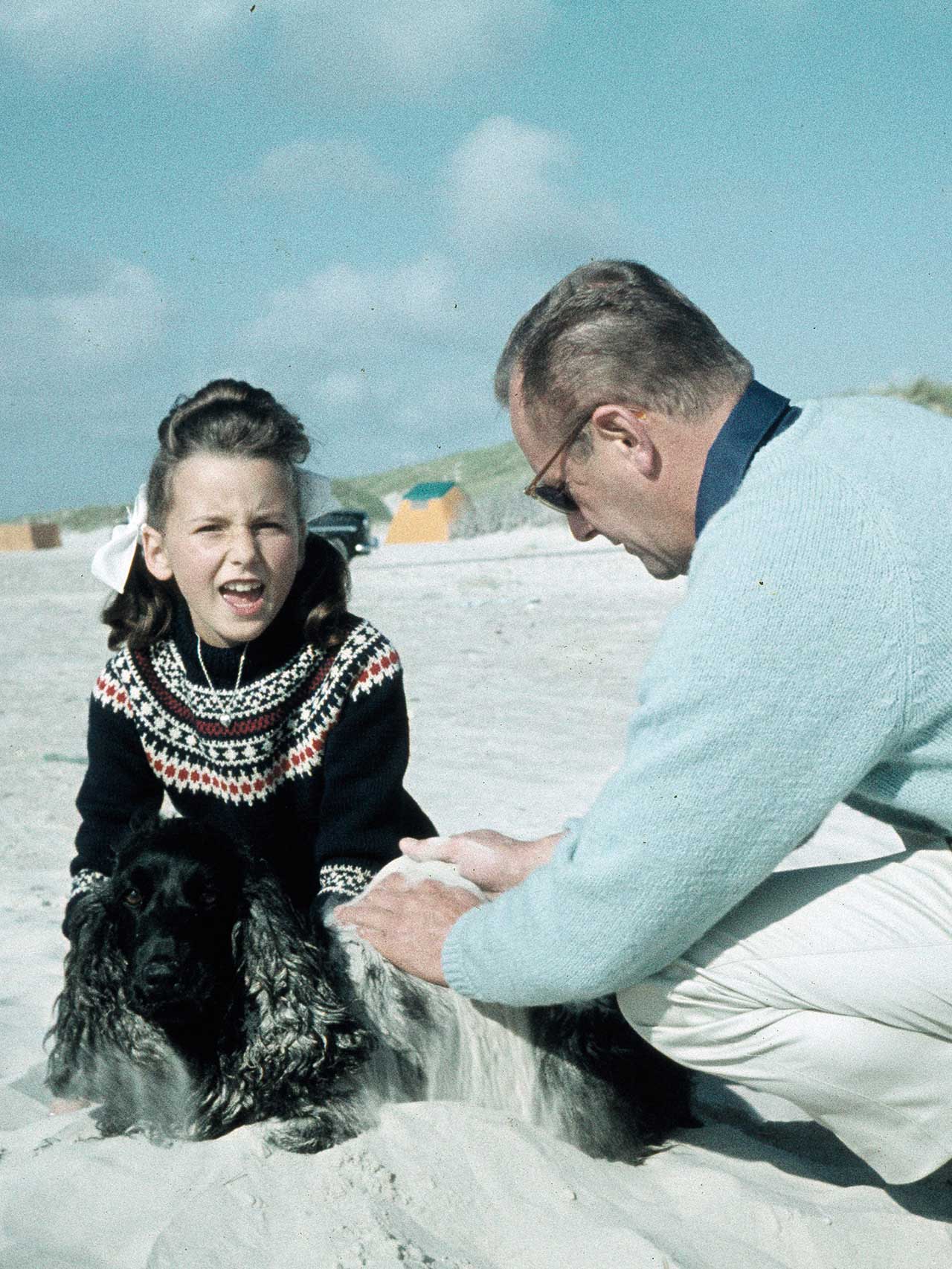
1956
I forgot to ask my father why he named it Vipp
In Danish, 'vippe' means 'to tilt'; it describes the movement of a bin lid. Jette Egelund, daughter of Holger Nielsen, is convinced that this must have been her father's inspiration for the name.
1949
Shape shifter
Due to new production techniques in 1949, the lid changes form. Instead of a wavy welded lid it is now stamped out with a rounded shape.
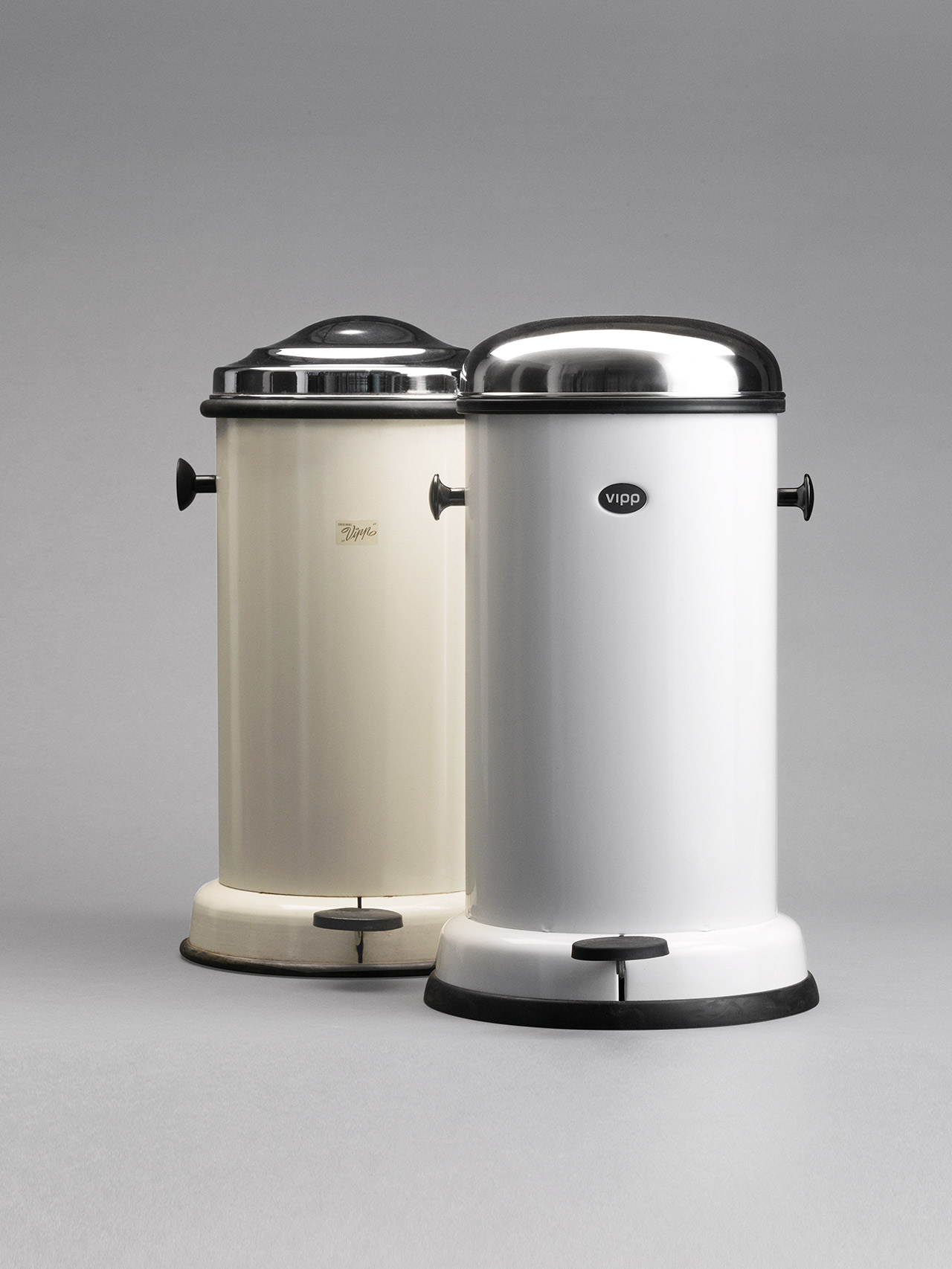
1992
A new generation takes over
Jette Egelund is the youngest daughter of Holger Nielsen and she was born 11 years after the bin came into existence. Jette grew up with the bin; the Vipp factory was placed in the backyard of her childhood home.
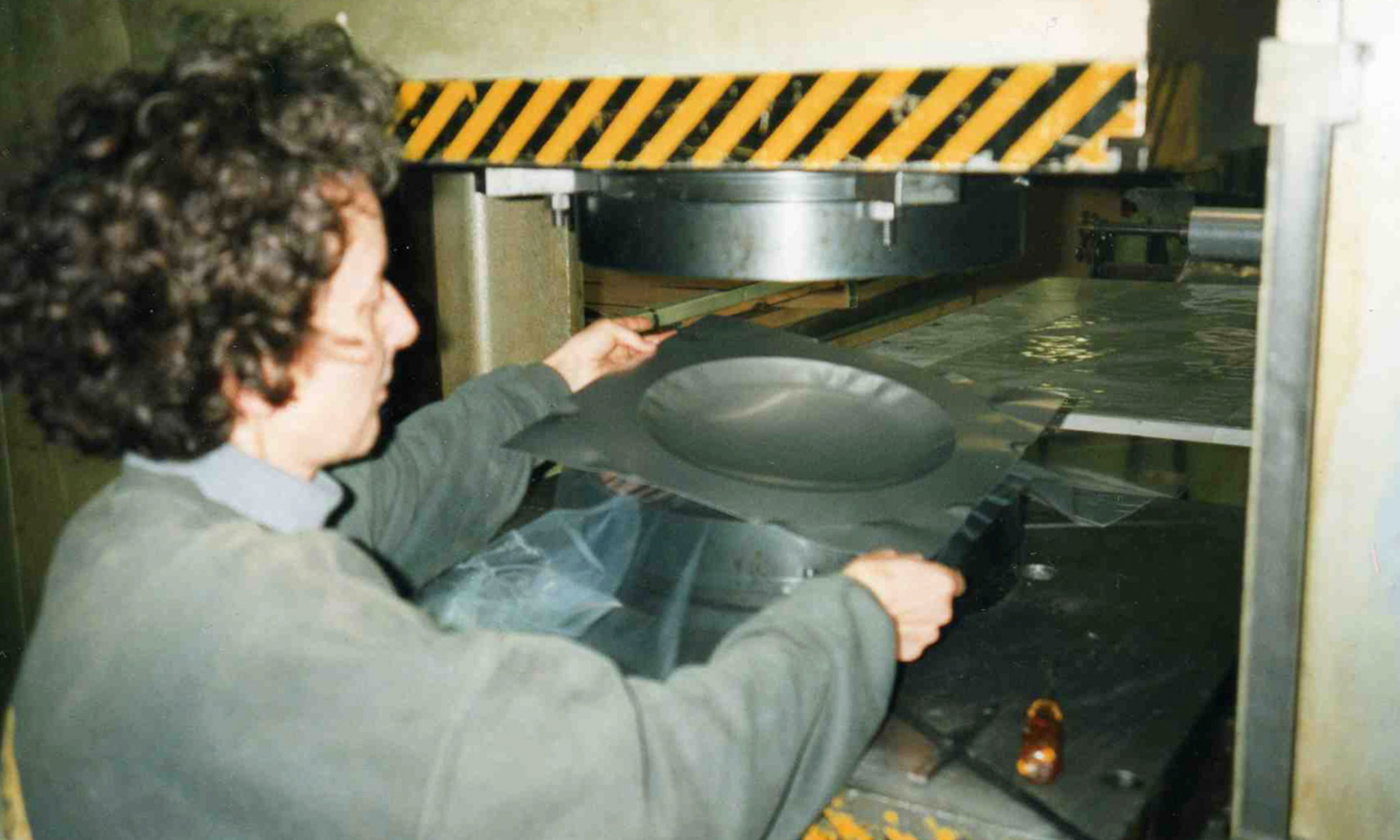
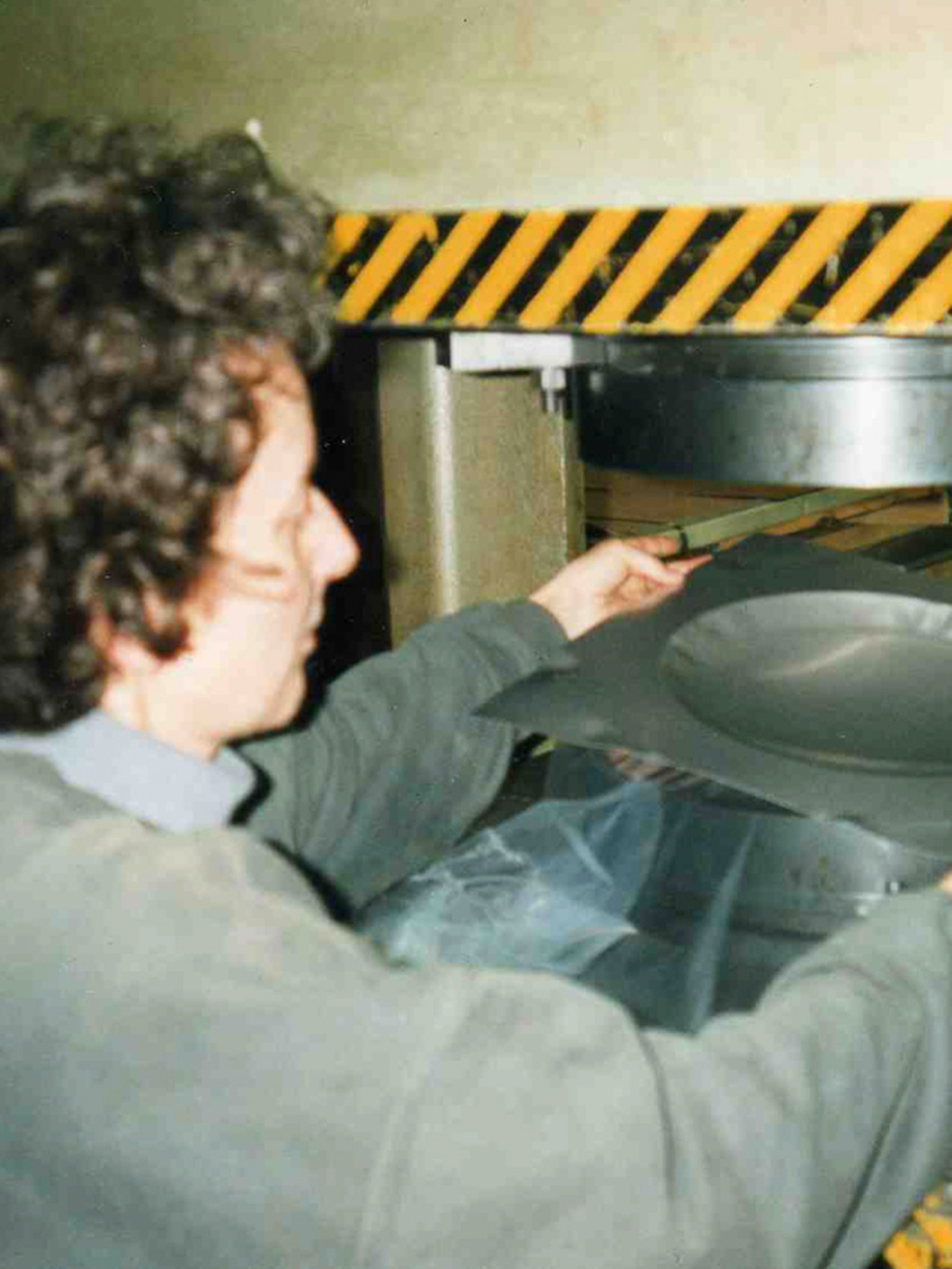
1992
Starting from scratch
In 1992, Jette takes over her father's company with only one other employee working in the metal factory. Here she learns how to produce bins all from scratch.
Jette Egelund, 2nd generation owner
'After the sudden death of my father, I simply could not bear to see his life’s work sold and disappear. I knew the bin had potential.'
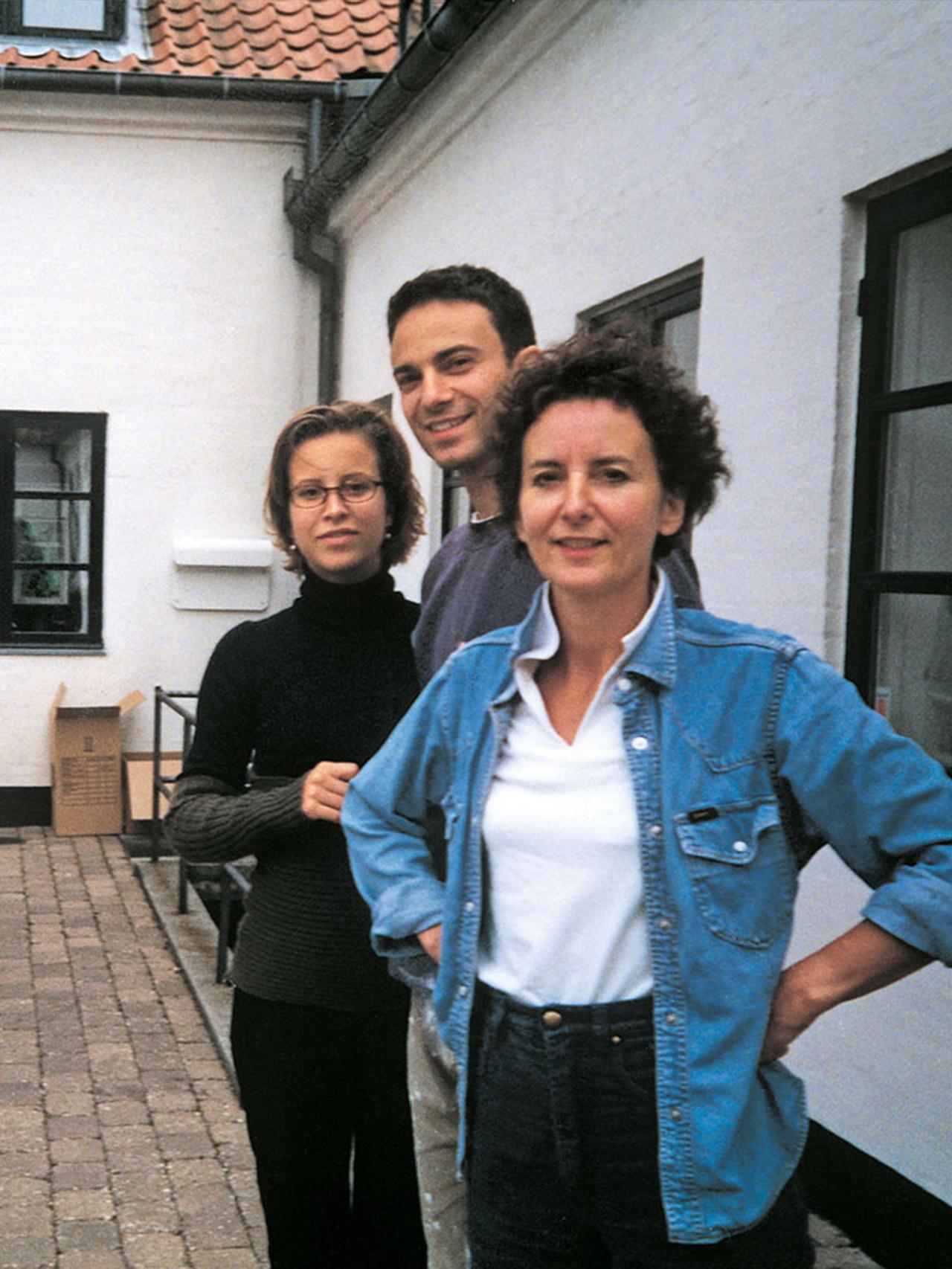
1995
A 3rd generation family company
Having grown up with the bin used in her childhood home, Jette has a dream - she wants others to enjoy the bin in their home as well. Together with her two children, Kasper and Sofie, she sets out to bring Holger’s principles of functionality into the private home.
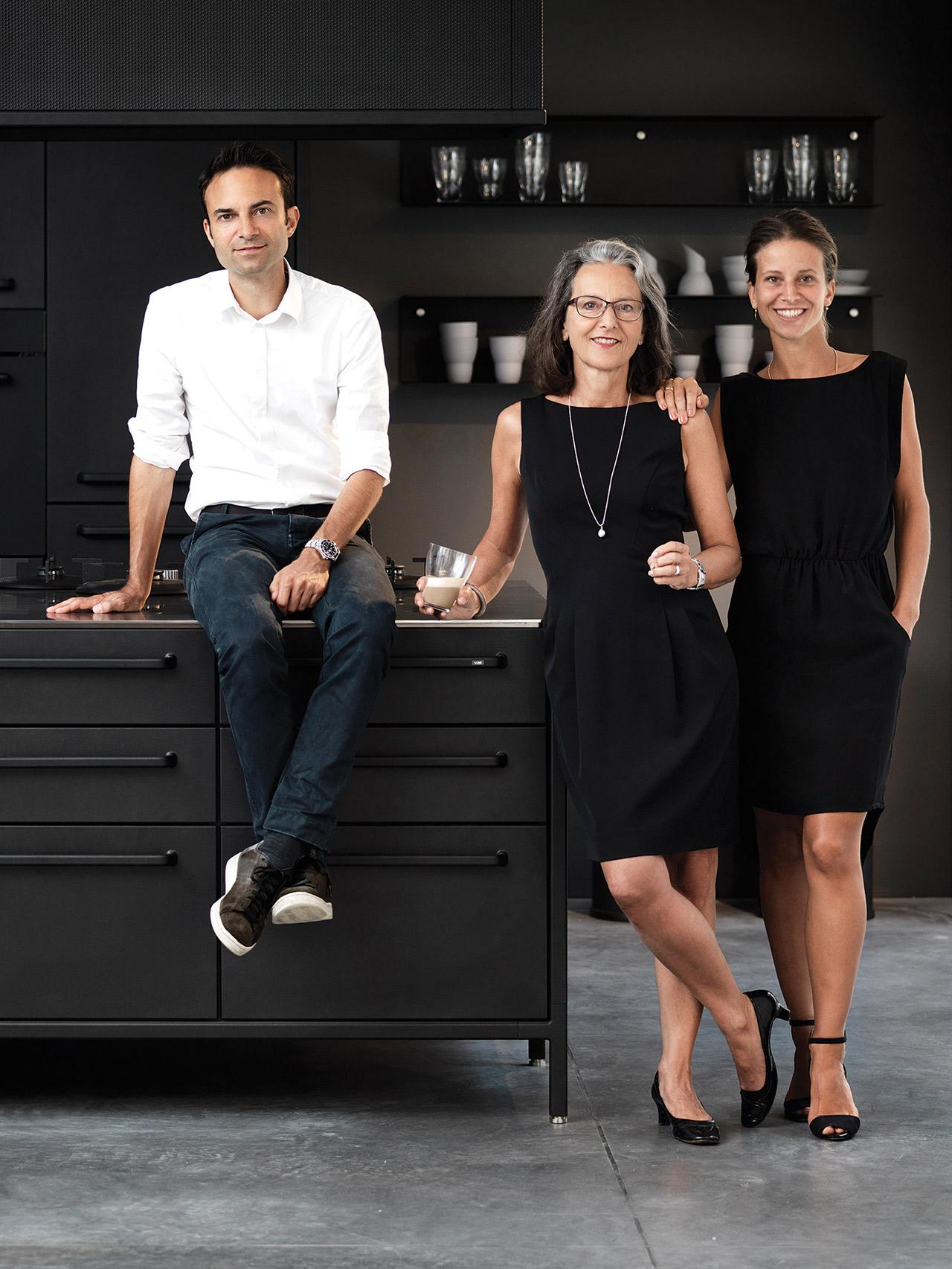
2015
Family-founded, family-driven
20 years later, Vipp is still family-driven. Kasper’s education within business and leadership means he today acts as CEO of Vipp. Sofie has an education in graphic design and has developed Vipp’s visual identity.

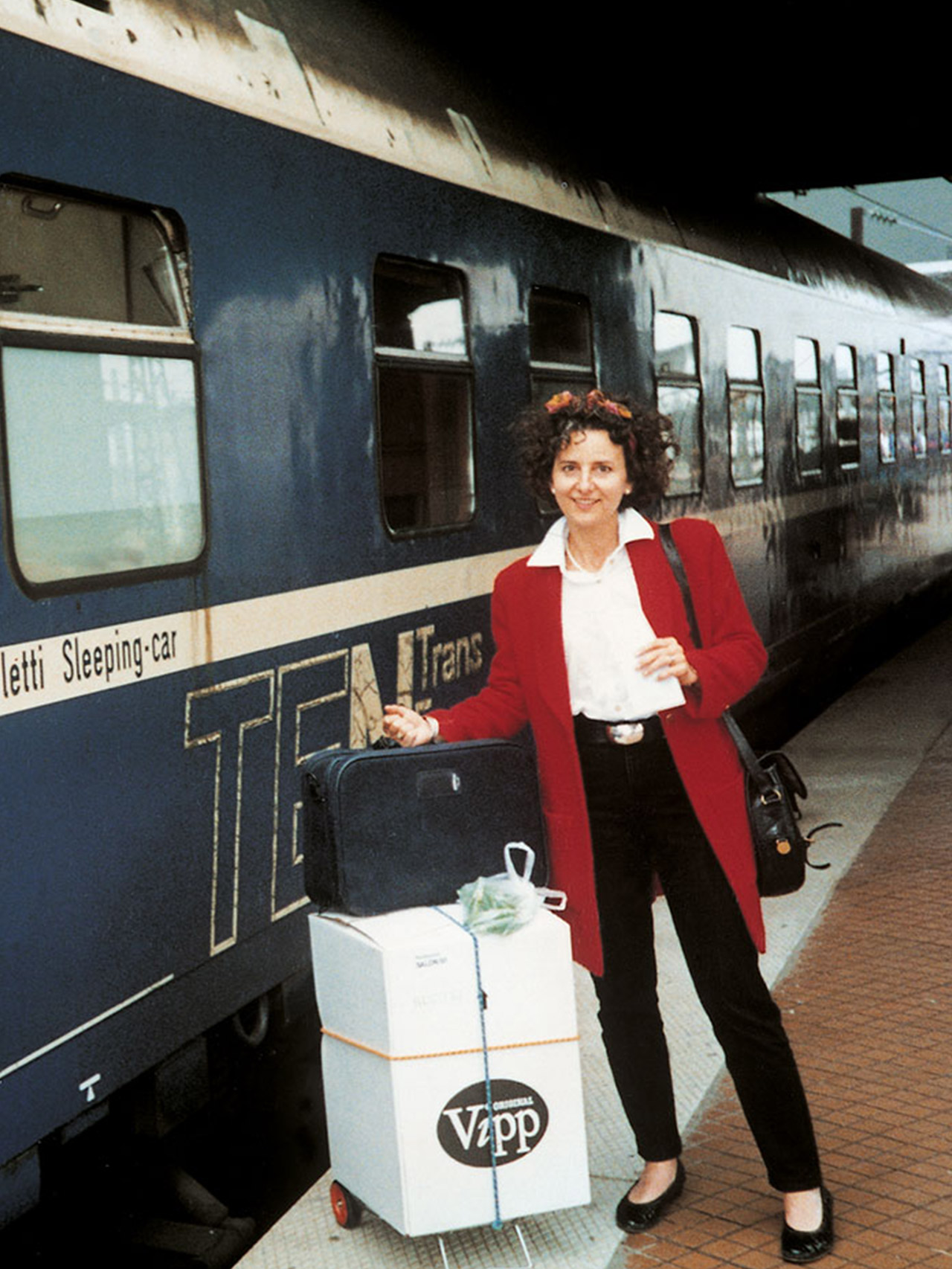
2000
A new kind of customer
With the Vipp bin under her arm, Jette does something her father never did - visits customers. She visits the finest furniture and design shops in Scandinavia. In Denmark, very few recognise the potential of a “dentist bin”, but Jette’s determination is rewarded. Abroad the bin is recognized for its Danish, industrial design and when The Conran Shop orders bins for their London and Paris stores, Jette knows she is on the right track.
1996
Wingman
When Jette designed the toilet brush, she had no drawings or specifications, just knowledge of the materials and a desire to work with the ingredients of her father's bin in a new way. She started out by modeling the shape of toilet brush from a drainage pipe and went on from there.
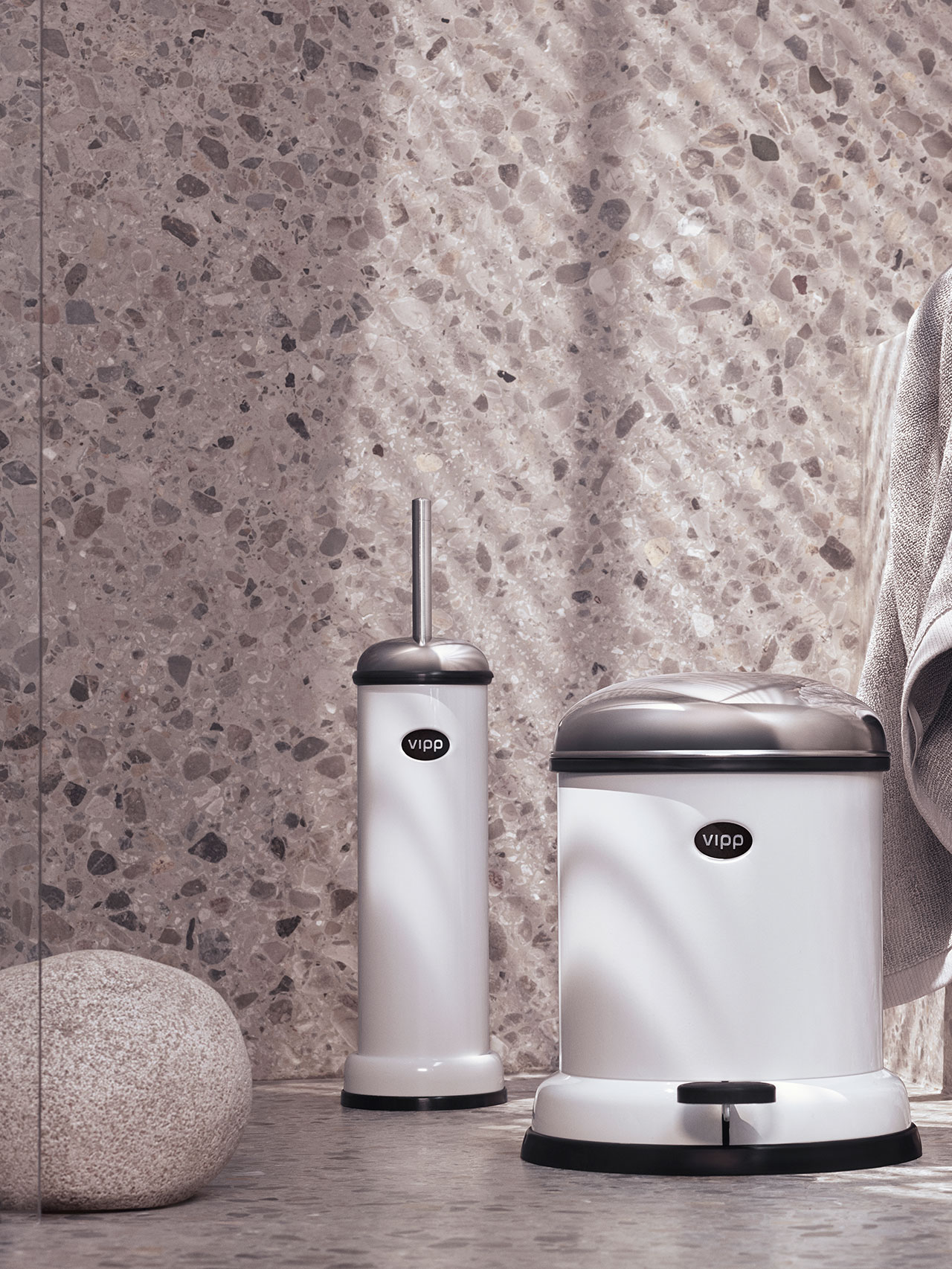
2005
A new home
An old printing factory in the industrial area of Islands Brygge in Copenhagen is transformed to the new headquarters of Vipp.
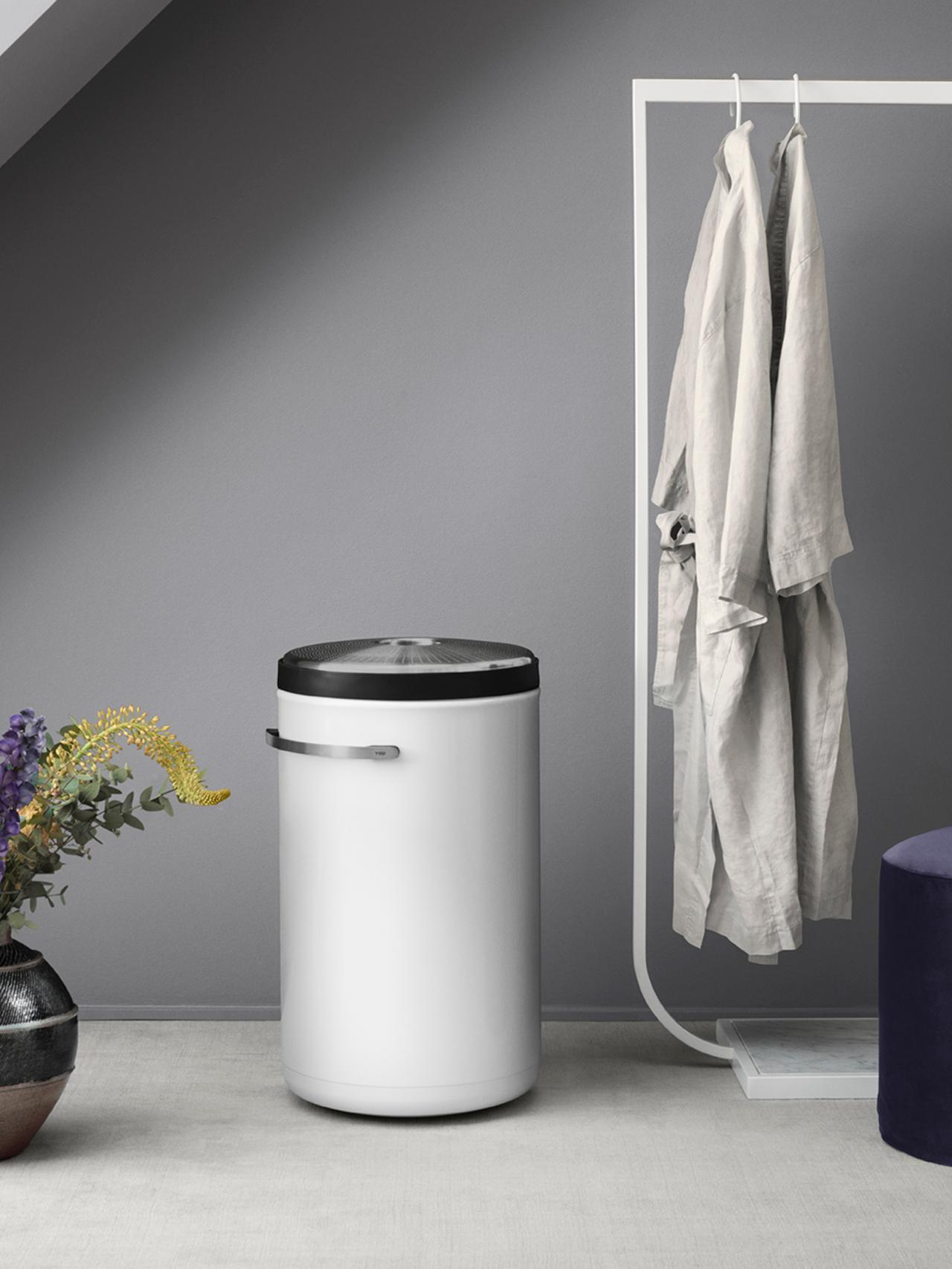
2006
A growing family of tools
In 2006, Vipp's in-house design team was entrusted the task of carrying Holger’s legacy into the future. The first Vipp product was a laundry basket.
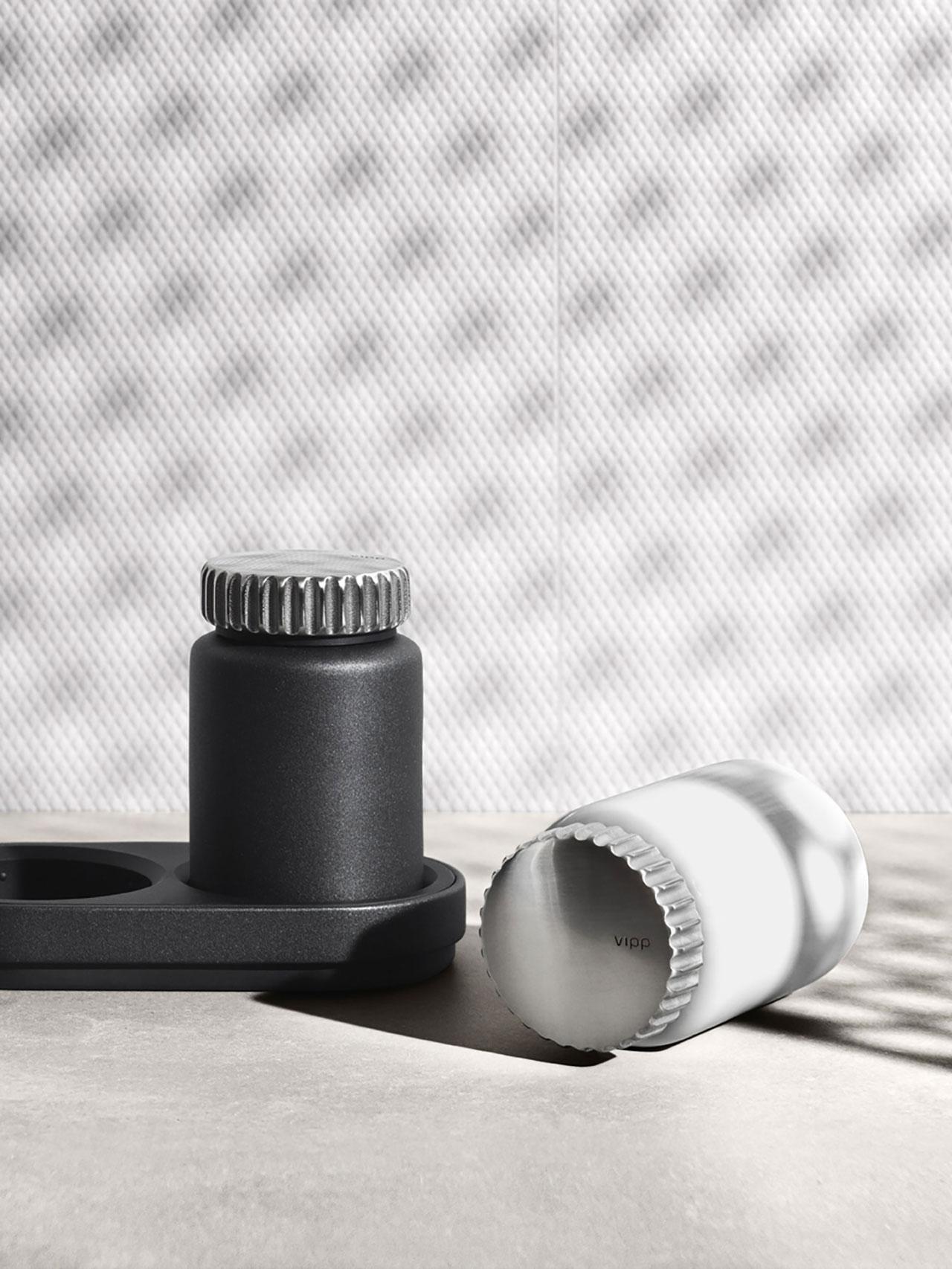
2010
Salt and pepper
Since 1939, the Vipp product family has grown into a wide range of products for the kitchen and bathroom including a series of light instruments.
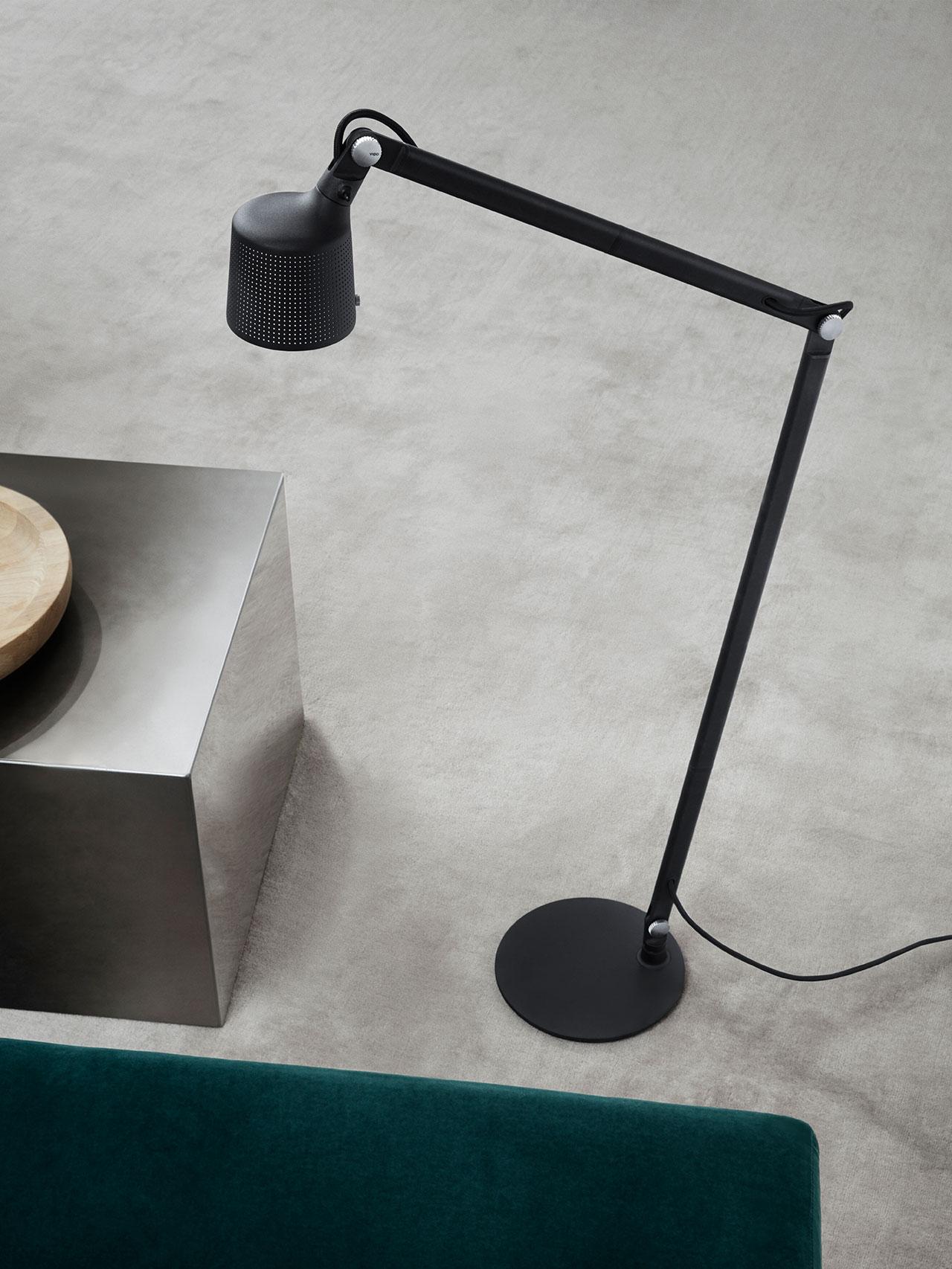
2015
Light instruments
Since 1939, the Vipp product family has grown into a wide range of products for the kitchen and bathroom including a series of light instruments.
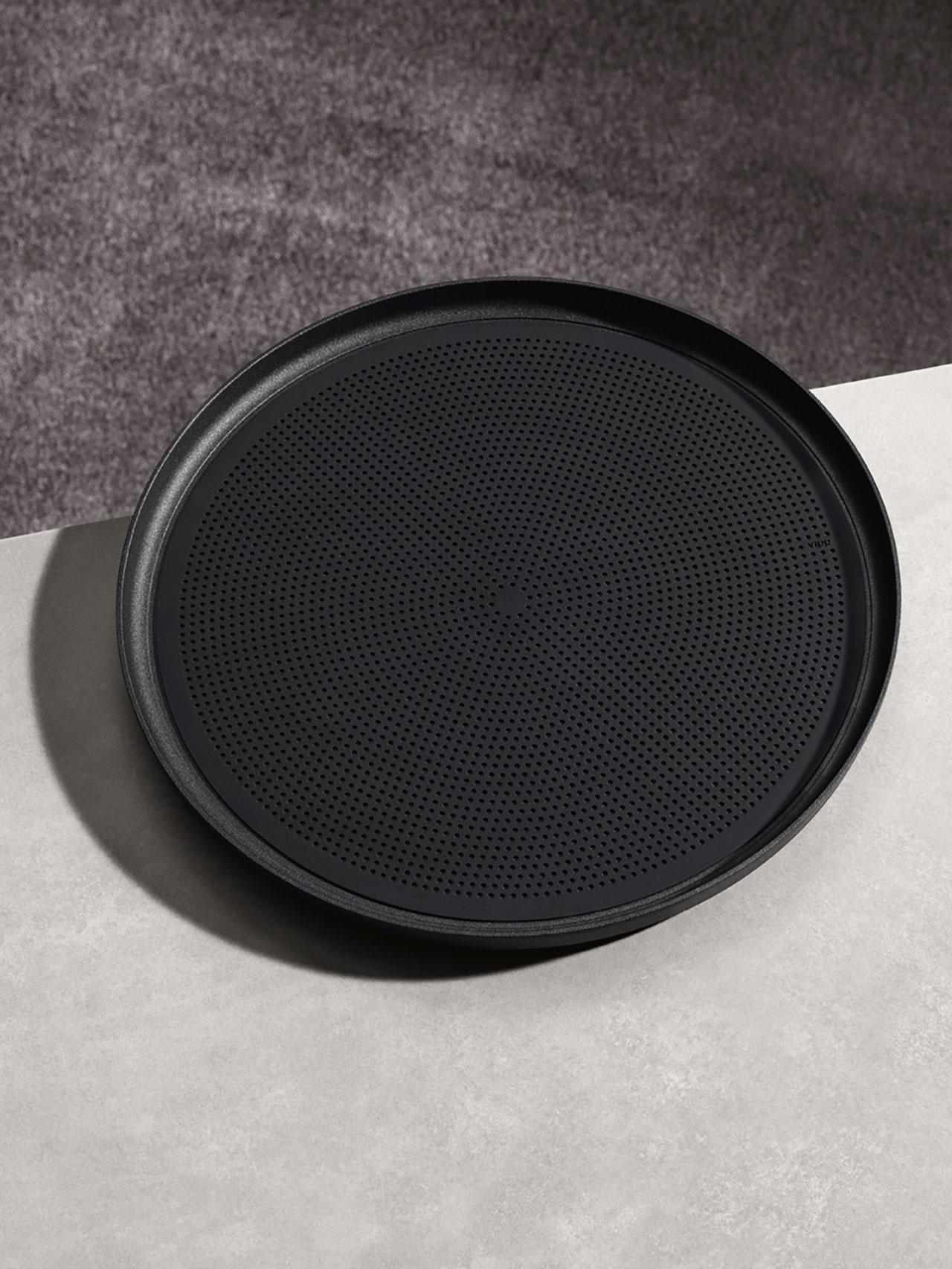
2017
Tray
Since 1939, the Vipp product family has grown into a wide range of products for the kitchen and bathroom including a series of light instruments.
2009
An Invitation to the MoMA
In November 2009, the Vipp pedal bin is accepted into the permanent architecture and design collection of The Museum of Modern Art in New York (MoMA). 'It's a true humble masterpiece. The no-frills industrial aesthetic and efficient pedal exemplify good design', says Chay Costello, associate director of merchandising for MoMA.

Logo evolution
1930s
The first Vipp logo was handwritten by Vipp founder, Holger Nielsen. He altered it twice during the 1950s and 1970s, after which his daughter, Jette, modernised it in the 1990s. Since 2000, Vipp has sticked to the same logo designed by Holger's granddaughter, Sofie Egelund, who is educated as a graphic designer.
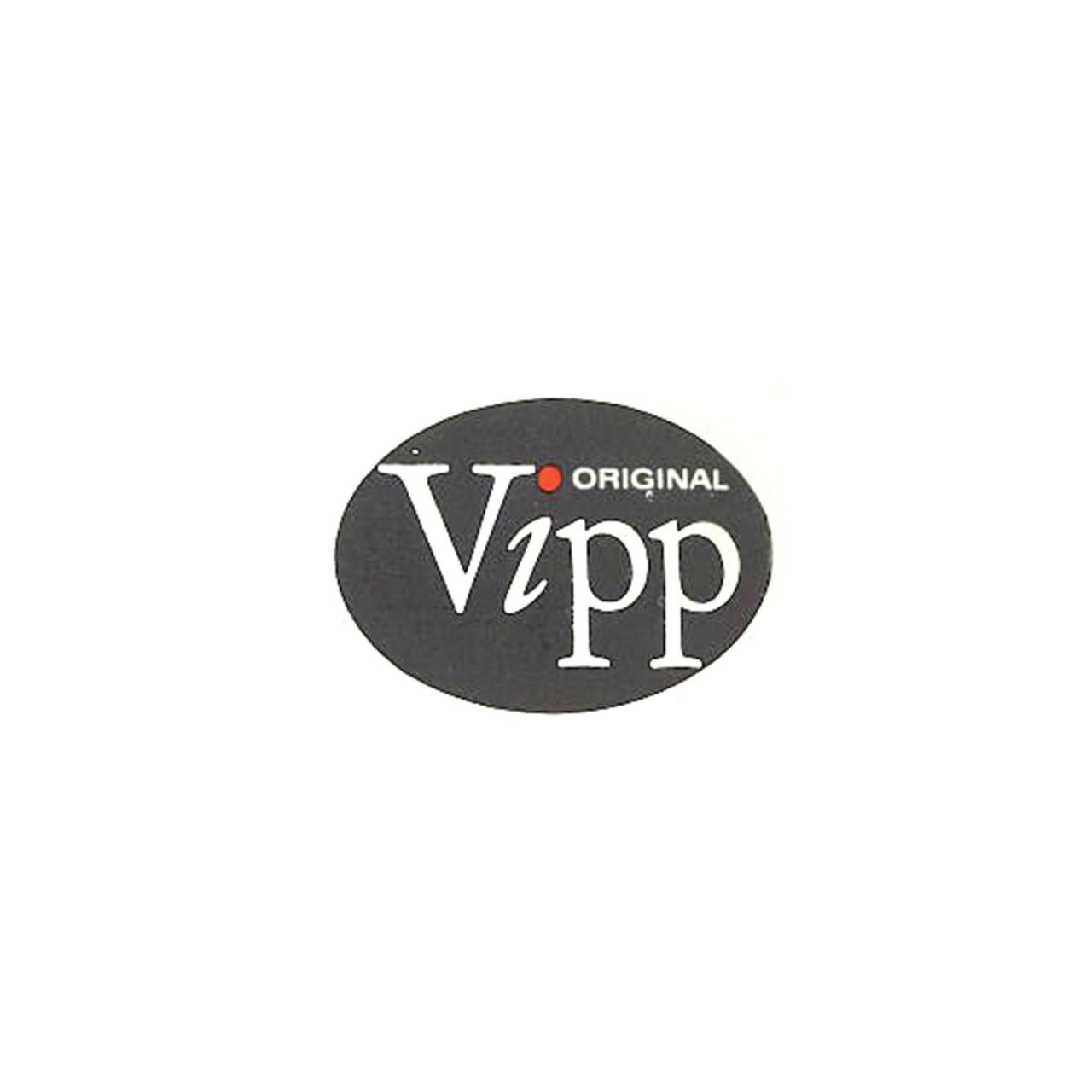
Logo evolution
1950s
The first Vipp logo was handwritten by Vipp founder, Holger Nielsen. He altered it twice during the 1950s and 1970s, after which his daughter, Jette, modernised it in the 1990s. Since 2000, Vipp has sticked to the same logo designed by Holger's granddaughter, Sofie Egelund, who is educated as a graphic designer.

Logo evolution
1970s
The first Vipp logo was handwritten by Vipp founder, Holger Nielsen. He altered it twice during the 1950s and 1970s, after which his daughter, Jette, modernised it in the 1990s. Since 2000, Vipp has sticked to the same logo designed by Holger's granddaughter, Sofie Egelund, who is educated as a graphic designer.

Logo evolution
1990s
The first Vipp logo was handwritten by Vipp founder, Holger Nielsen. He altered it twice during the 1950s and 1970s, after which his daughter, Jette, modernised it in the 1990s. Since 2000, Vipp has sticked to the same logo designed by Holger's granddaughter, Sofie Egelund, who is educated as a graphic designer.

Logo evolution
2000s
The first Vipp logo was handwritten by Vipp founder, Holger Nielsen. He altered it twice during the 1950s and 1970s, after which his daughter, Jette, modernised it in the 1990s. Since 2000, Vipp has sticked to the same logo designed by Holger's granddaughter, Sofie Egelund, who is educated as a graphic designer.
2011
A kitchen that matches your Vipp bin
A selection of kitchen modules designed down to the last detail. Even gas knops, grips, cooking hood and tap are designed by Vipp.
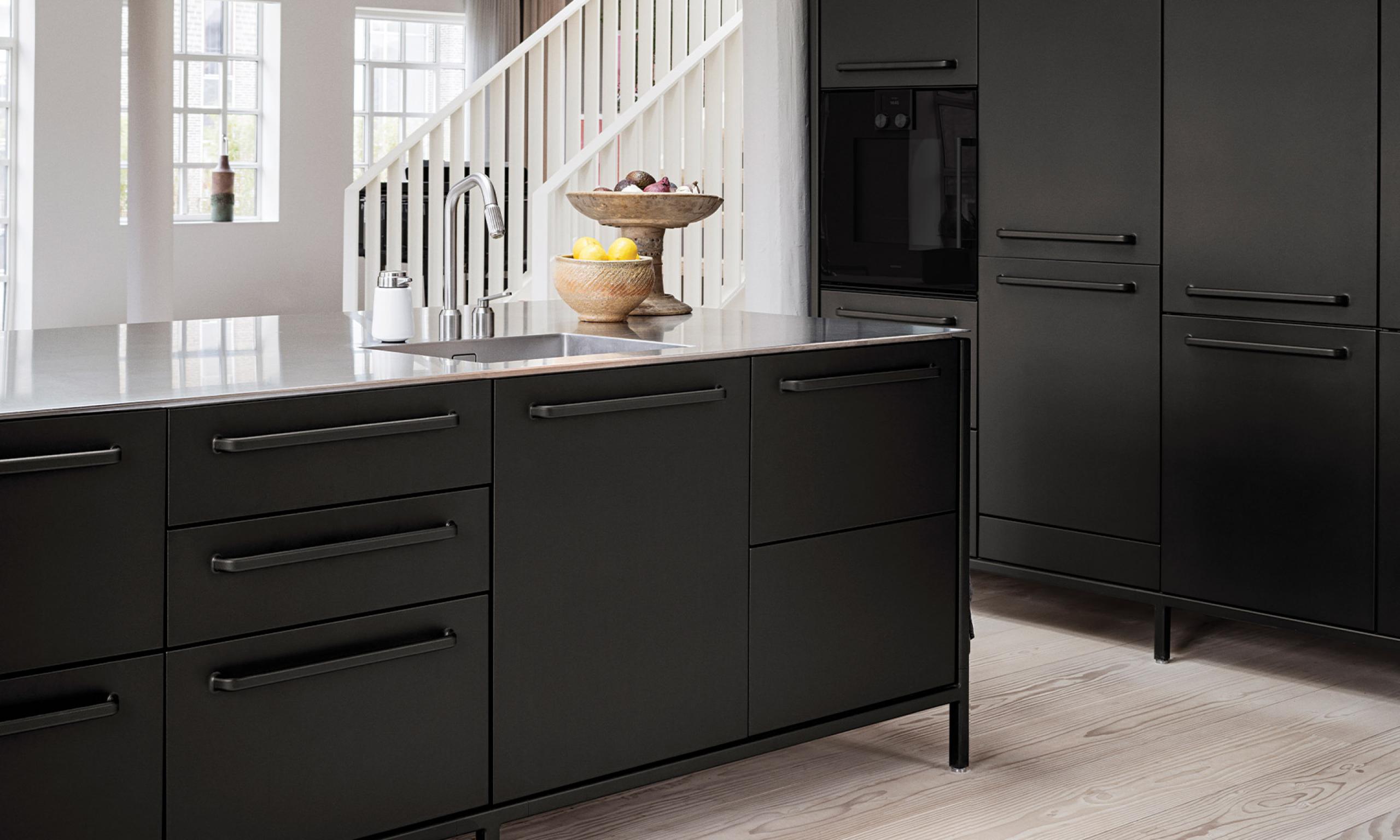
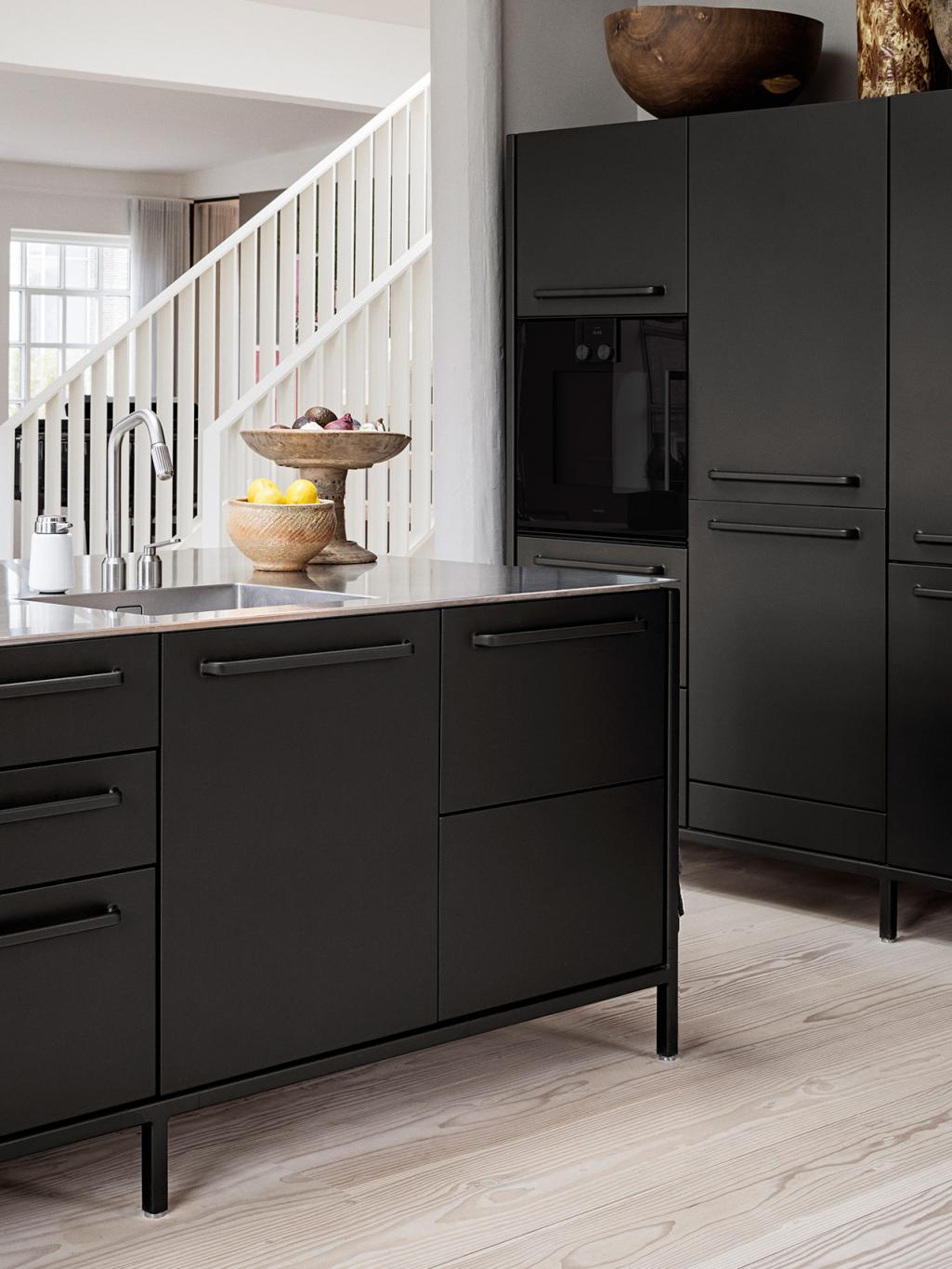
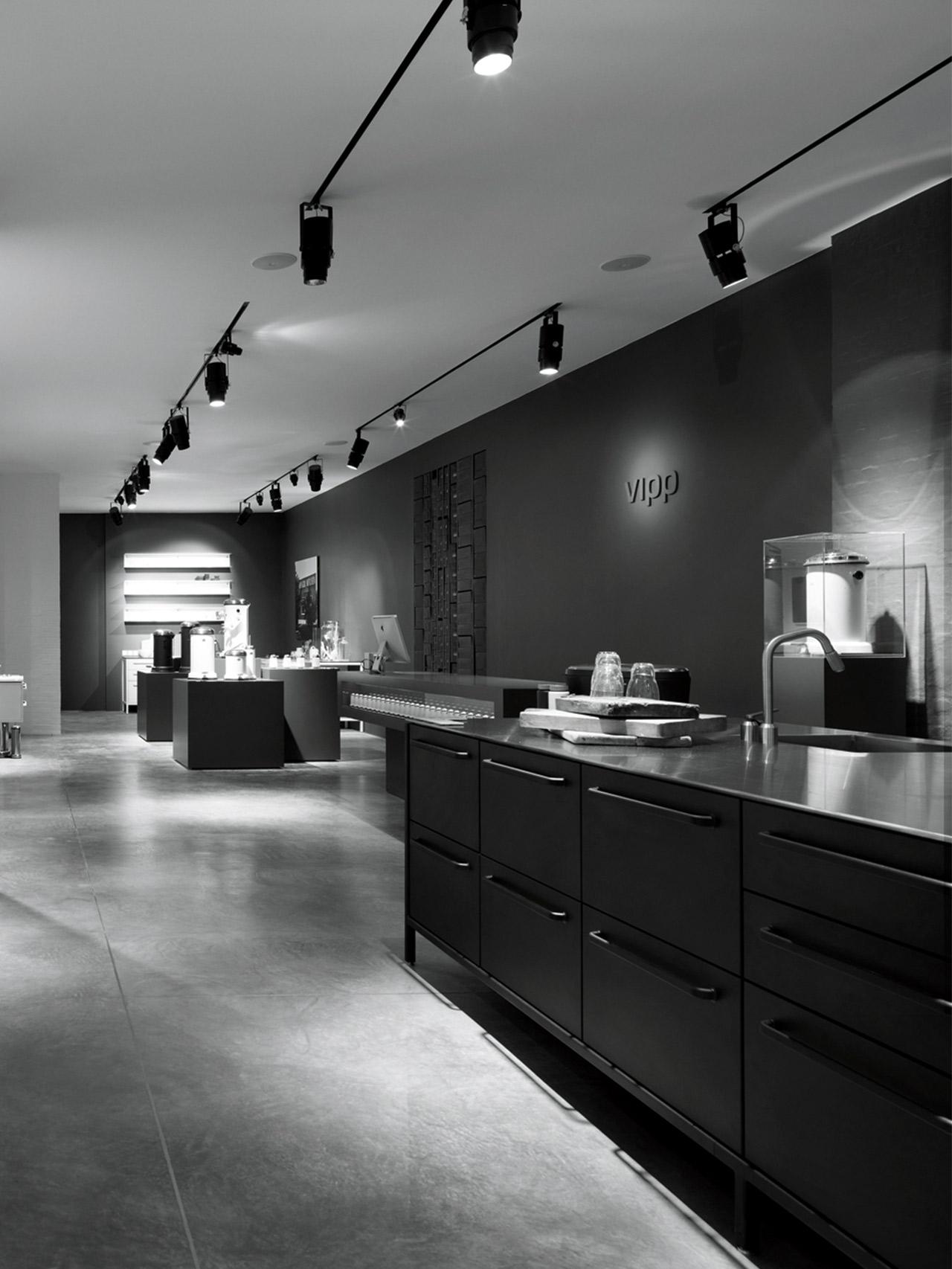
2011
The first concept store
In December 2011, Vipp opened its doors to the first Vipp concept store in the centre of Copenhagen.
2014
Vipp Shelter
Imagine a nature retreat designed down to the last detail, with all the necessities and nothing more. A plug and play getaway where the landscape is purposely framed, turning it into the predominant element of the interior. A 5-star camping escape from urban chaos where you can recharge your batteries. We imagined it like this, and named it ‘the Vipp shelter’.
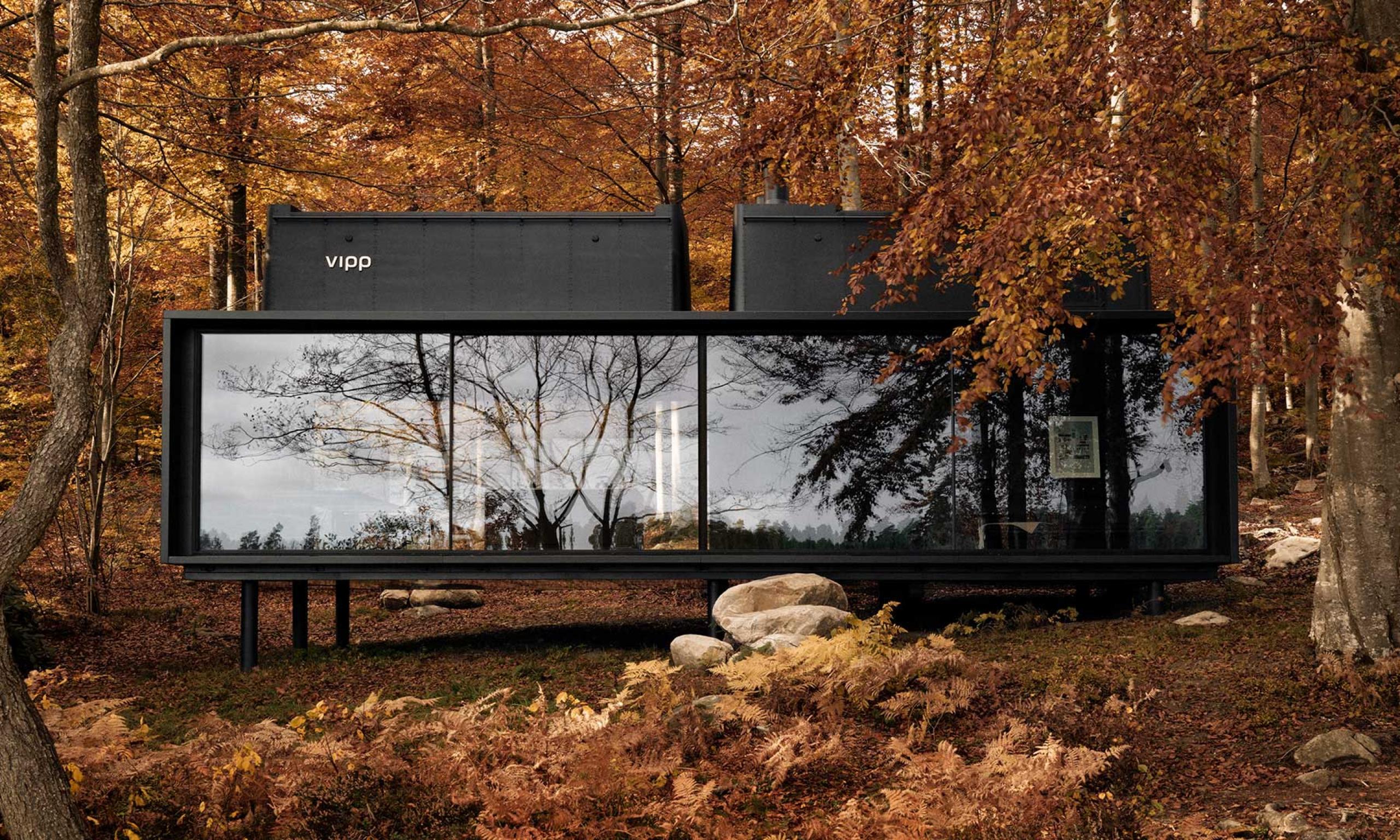
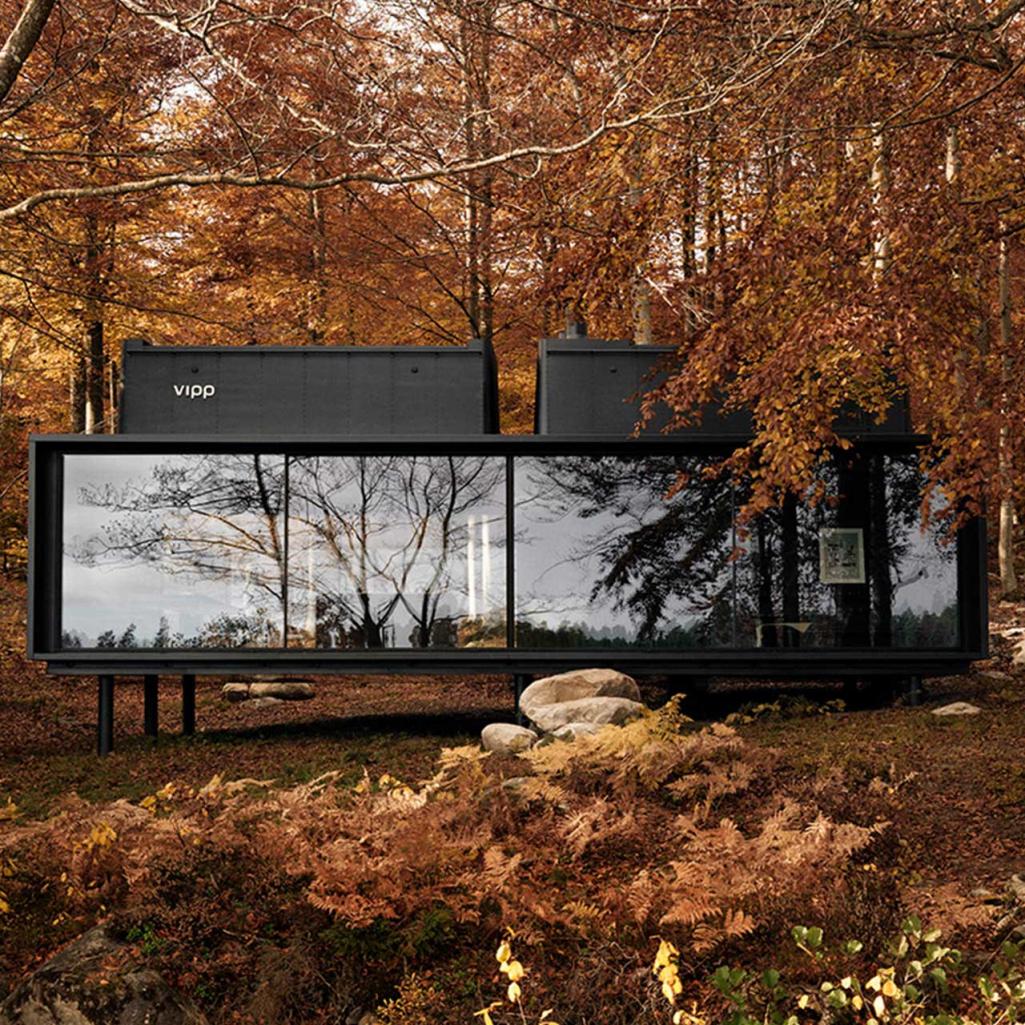
2017
The Vipp Loft
Our second hotel room, Vipp Loft, is a 400m2 curated design experience situated at the top of the Vipp headquarter near the Copenhagen harbour. This maximised space offers endless options to kick back and relax. There's no room service or restaurant at the Vipp Loft, but the fully equipped Vipp kitchen is just waiting to be used.
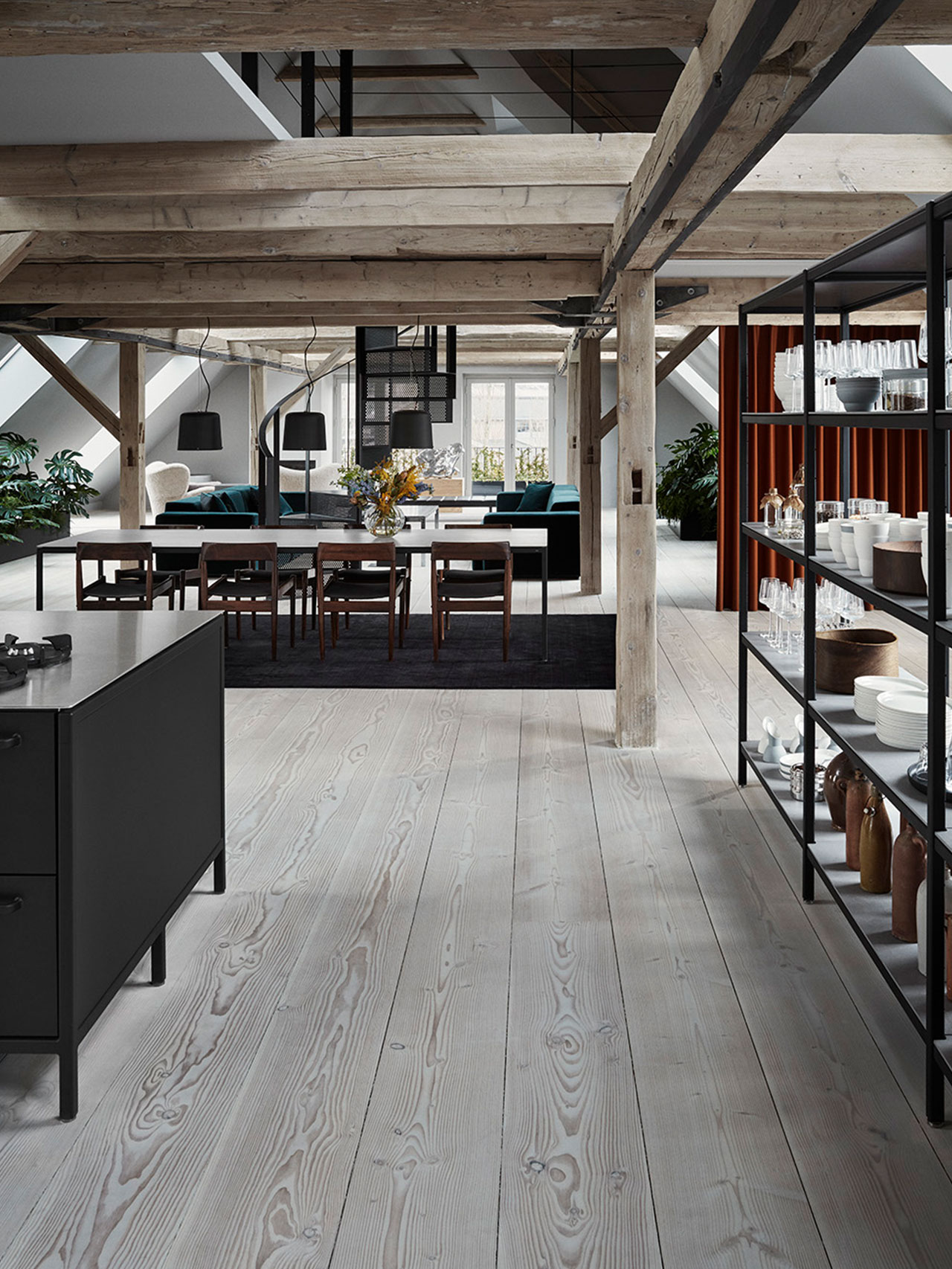
2019
80 years of Vipp
In 2019 we celebrated our 80th anniversary. Vipp founder Holger Nielsen could not have imagined that the pedal-controlled bin he designed in 1939 would eventually sow the seed for a full-blown design universe of accessories, furniture and kitchens. Nor that his bin would be a catalyst for a design hotel concept. Today, we are still a family-owned company run by Holger’s daughter, Jette Egelund, and her two children Kasper and Sofie.
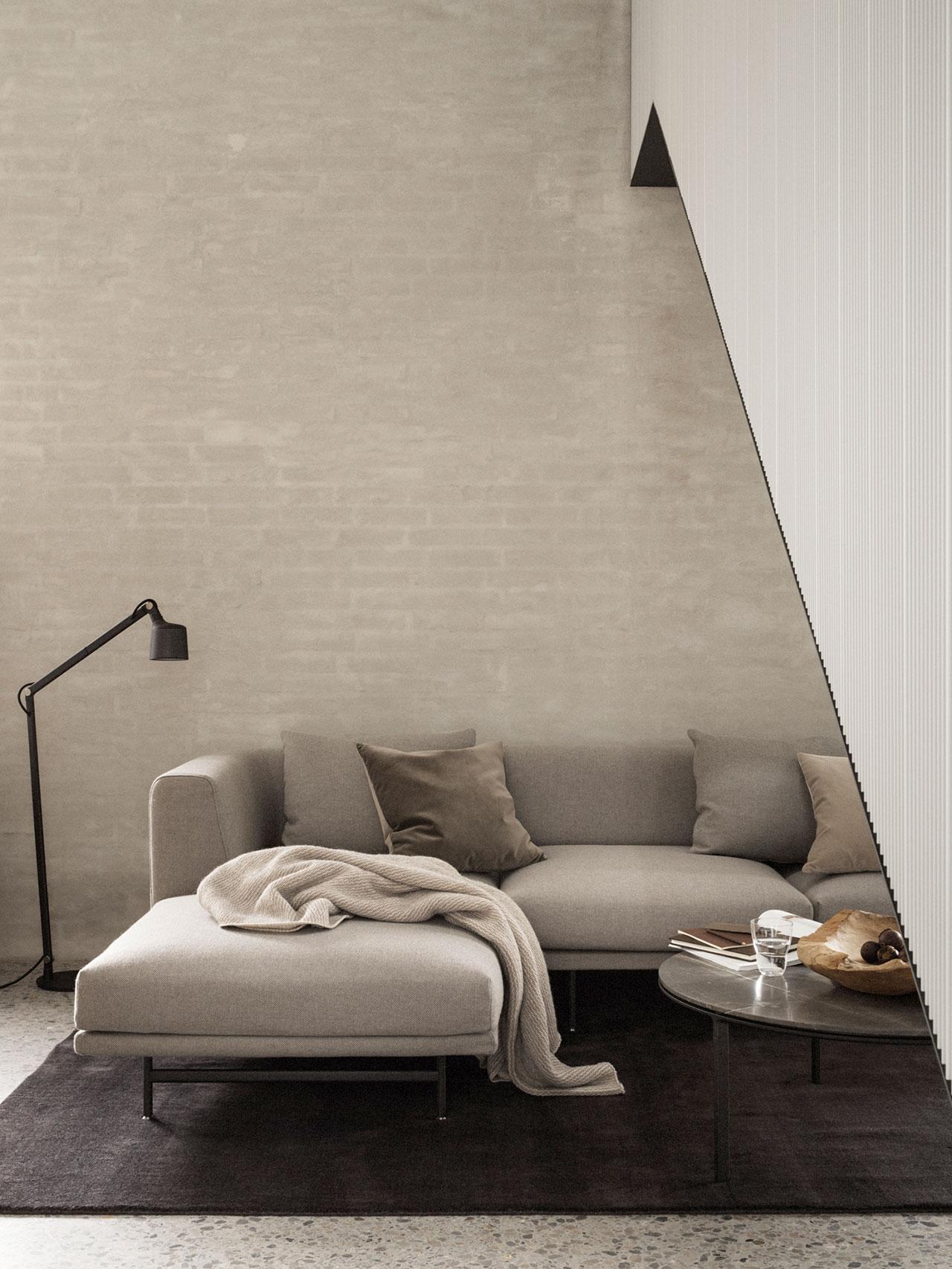
2019
A Complete Collection of Furniture
Our recent venture into architectural projects like the Vipp Hotel has prompted the desire to develop a complete collection of furniture to inhabit these spaces. Through a tactile approach, a new, softer layer is added to our trademark material through 80 years – steel.
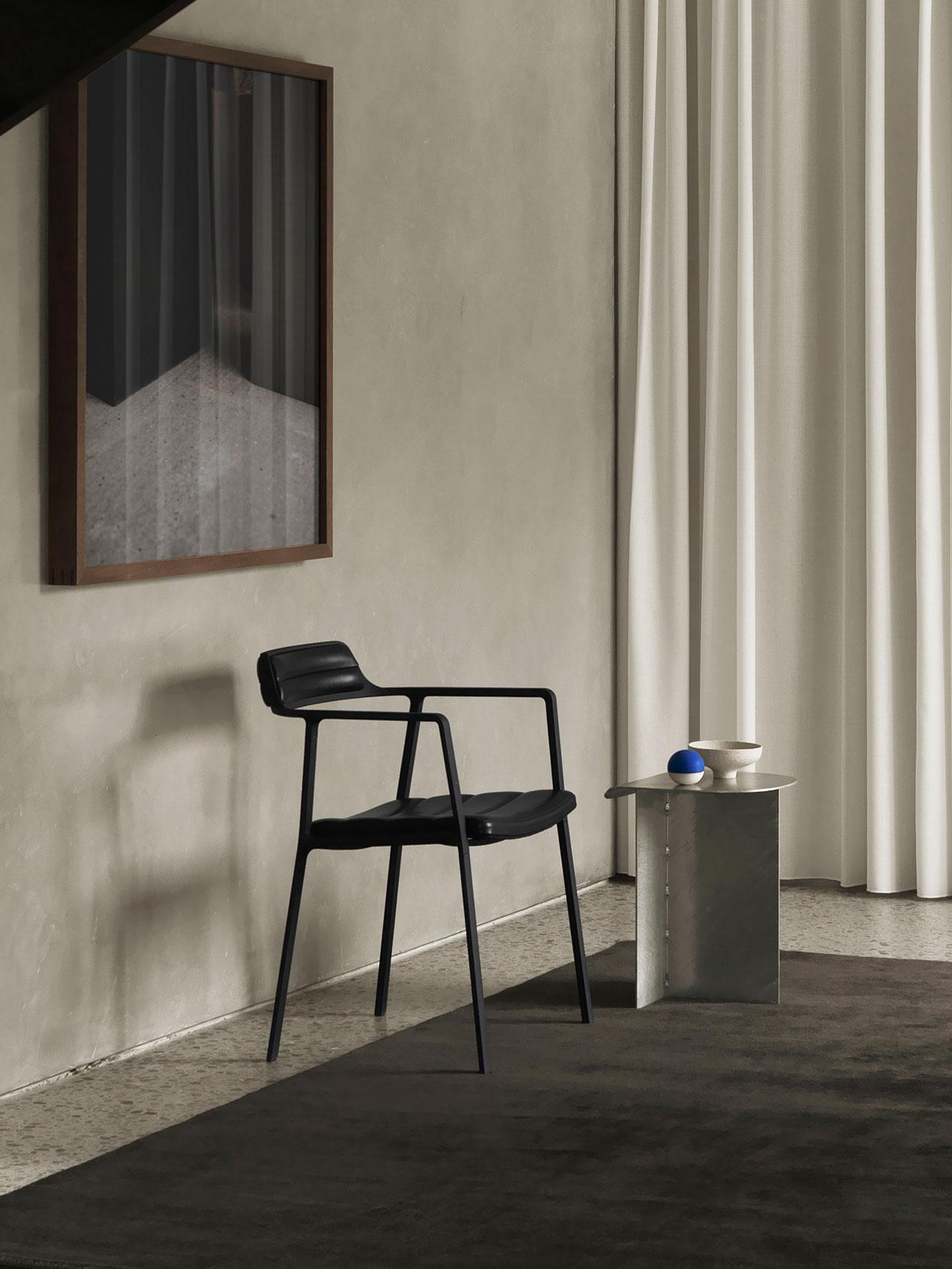
2019
A Complete Collection of Furniture
Our recent venture into architectural projects like the Vipp Hotel has prompted the desire to develop a complete collection of furniture to inhabit these spaces. Through a tactile approach, a new, softer layer is added to our trademark material through 80 years – steel.
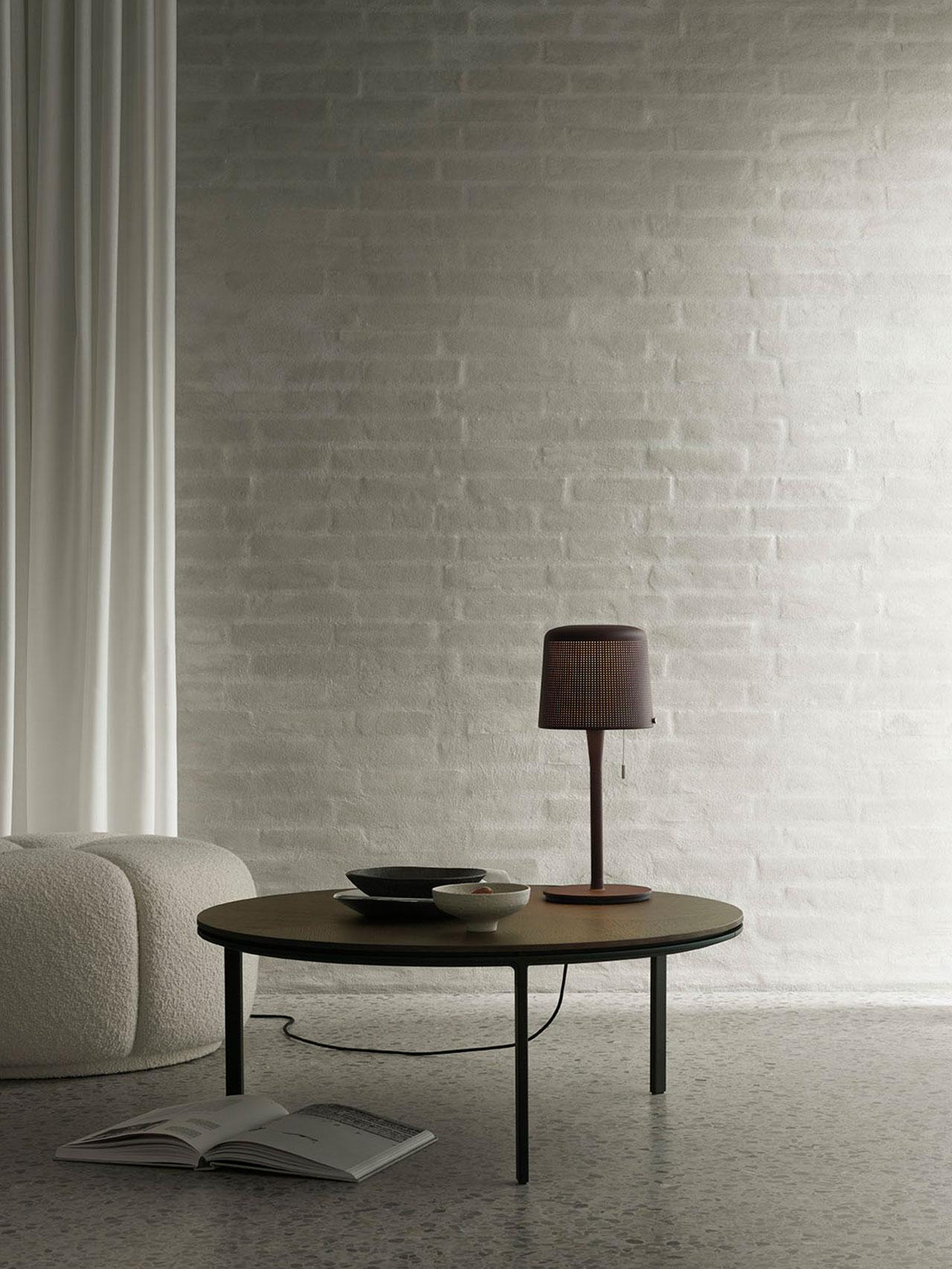
2019
A Complete Collection of Furniture
Our recent venture into architectural projects like the Vipp Hotel has prompted the desire to develop a complete collection of furniture to inhabit these spaces. Through a tactile approach, a new, softer layer is added to our trademark material through 80 years – steel.
2019
Chimney House
Named after its towering chimney, the Vipp Chimney House holds the national history of an old Danish water pumping station built in 1902. Rebuilt from its ruins and now converted into a modern space of carefully curated art, customised furniture pieces and high-quality interior. This heritage building now serves as a branded guesthouse, joining the Vipp Shelter and Vipp Loft as yet another destination in our hotel line.
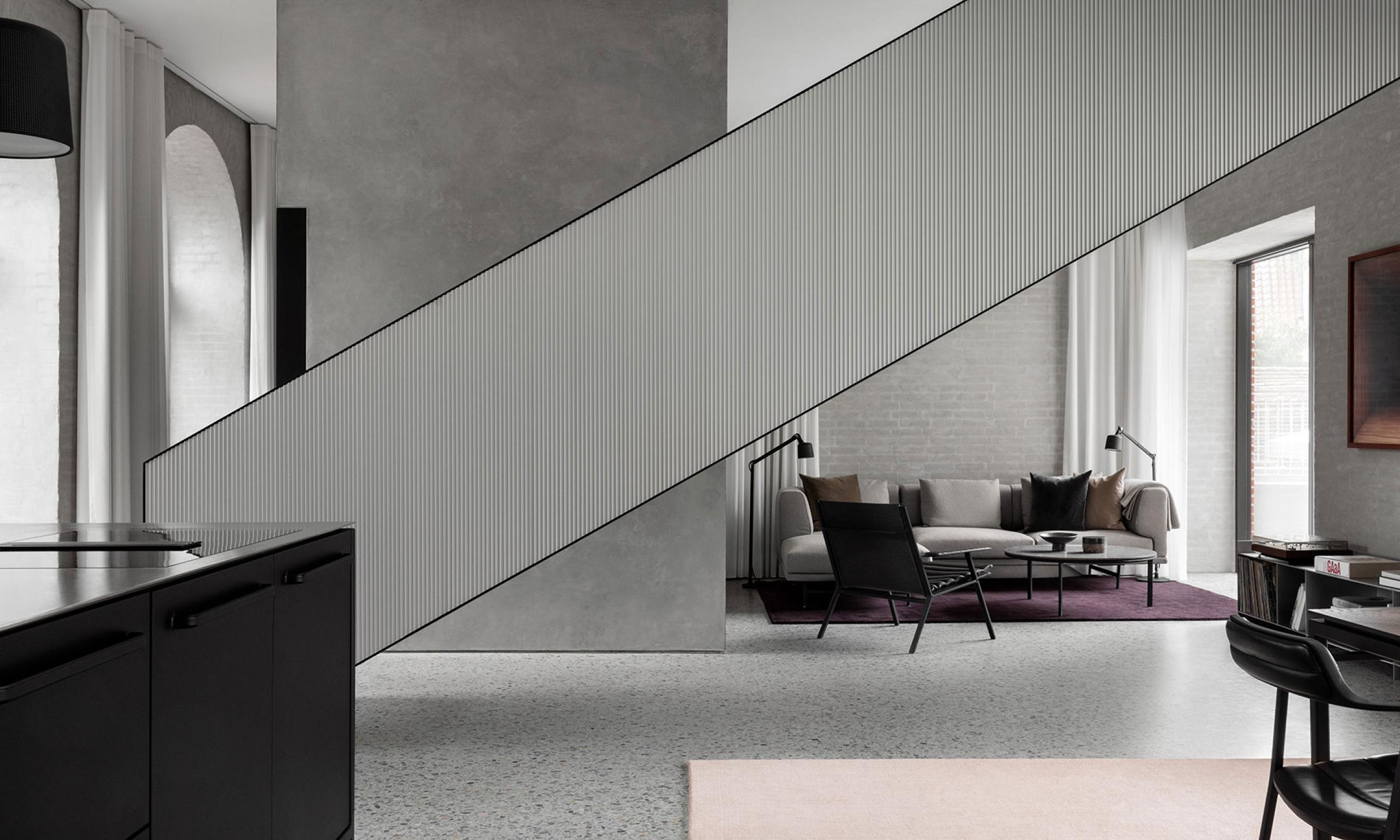
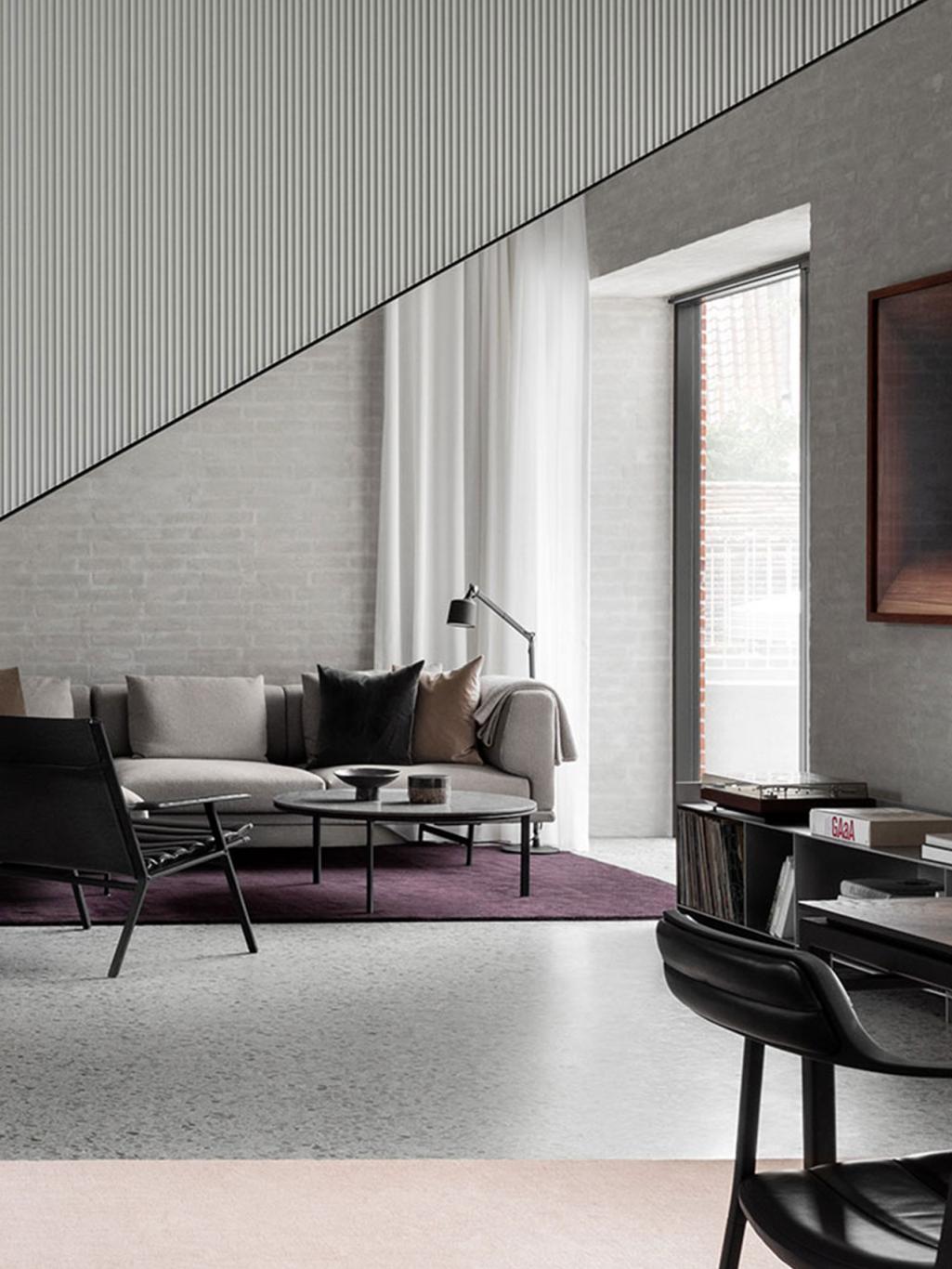
2020
Vipp Home
Under the title ‘Vipp Home’, our flagship store and showroom in Ny Østergade reopened after months of remodeling. The new interior embraces the transformation of going from an accessory brand to a full-blown design universe of lighting, furniture, and kitchens. By assimilating both a kitchen, bathroom, dining room, and a living room, the home of Vipp is naturally filled with personal artworks, textiles, and glimpses of our 80 years of existence, to mirror the personal decor found in a real home.
